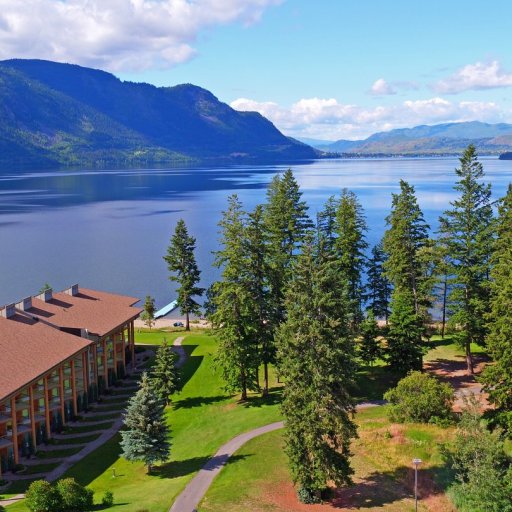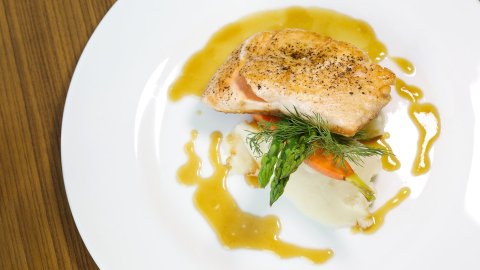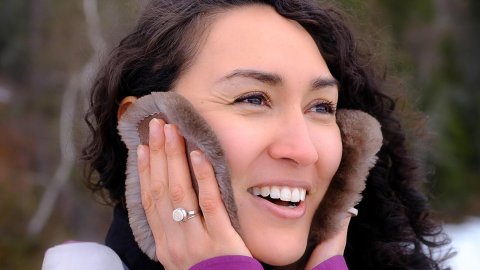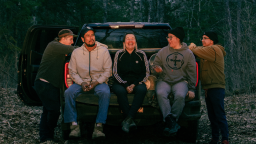Indigenous Music and Musicians

A community’s musicians convey the heart of their culture through their stories and sounds. For Indigenous communities in Canada, music is an essential part of daily life and the backbone of spiritual, cultural and kinship beliefs. But just like Canada’s rich and varied landscapes and its complex linguistic tapestry, with around 60 distinct Indigenous languages spoken, Indigenous music is also incredibly diverse.
While traditional instruments like drums, flutes, rattles, and vocals feature highly in traditional music, there is a wide spectrum of distinct musical traditions and repertoire. Songs can be composed by a person or received in a dream or vision, and can be passed down from one generation to the next; many traditional songs sung today are the same melodies which have persisted in Indigenous communities for thousands of years. In recent years, new genres have emerged that incorporate contemporary musical styles like pop, rock, country, and hip-hop. Additionally, some Indigenous artists choose to infuse their community’s traditional musical stylings with contemporary language, issues techniques, and instruments.
Ottawa-based electronic music group A Tribe Called Red mix dance, hip-hop, and dubstep beats with pow-wow drums and vocals, poetry, story-telling and collaborations with other Indigenous artists. They call their style Electric Pow Wow and inspire social action by speaking for Indigenous rights and against cultural appropriation.
Today’s Indigenous musicians connect with traditional music styles while telling contemporary stories, like the iconic Cree singer-songwriter Buffy Sainte-Marie, known best for her love songs with an activist touch. Music is also a way to preserve the language and celebrate community as demonstrated by fast-rising northern stars, The Jerry Cans, who share a unique mix of Inuktitut alt-country, throat singing, and reggae, celebrating their Inuk culture and hometown of Iqualuit, Nunavut. The band performs many of their songs in Inuktitut and is passionate about preserving the language even as the north and their home community of Iqaluit evolve.
Another northern star is Tanya Tagaq, an award-winning Inuit throat singer from Ikaluktuutiak who fuses traditional throat singing with percussion, symphonic composition, and electronic elements, while her themes feature political commentary and social equality. From DJs to country stars to fiddlers to rappers to multiple Grammy-nominated pow wow drum group, Northern Cree, today’s Indigenous music scene is as diverse as its people. Indigenous musicians provide social commentary on today’s culture, language, and issues to share with the world.
Canada’s calendar is filled with events that showcase the diverse styles of contemporary Indigenous music. Held every spring in Winnipeg as a part of the Manito Ahbee Festival, the Indigenous Music Awards (IMA) celebrates Indigenous music from across the world through a televised awards show.
Aboriginal Music Week presents Métis, Inuit, and Indigenous artists performing a variety of genres. APTN hosts Indigenous Day Live, an annual concert series in different locations across Canada celebrating National Aboriginal Day in Canada (June 21).
This year the 2018 Juno Awards nominees included nine Indigenous artists and groups. Buffy Sainte-Marie was nominated twice, for Indigenous Music Album of the Year and Contemporary Roots Album of the Year. The Nunavut Sivuniksavut Performers and the Winnipeg Symphony Orchestra were nominated for Classical Album of the Year: Large Ensemble. The Jerry Cans were nominated for Contemporary Roots Album of the Year. Tanya Tagaq was nominated for Alternative Album of the Year. A Tribe Called Red was nominated for Group of the Year. Nominees for Indigenous Music Album of the Year included DJ Shub, Indian City, Iskwé and Kelly Fraser.
Aboriginal Tourism BC lists a variety of great events that feature music, including seasonal powwows. Yukon First Nations Culture & Tourism Association also has an extensive list that includes the Adäka Cultural Festival and Moosehide Gathering in Dawson City. Hundreds of pow wows happen in communities throughout the summer across Canada. Pow wows are celebrations and are open to the public, check local listings.
Featured Experiences


Pirate’s Haven ATV Friendly RV Park, Chalets & Adventures
Robinsons, Newfoundland Labrador Accommodation & Relaxation, fly, outfitters, Wildlife, Nature & Adventure


Coastal Rainforest Safaris
Campbell River, British Columbia Accommodation & Relaxation, Wildlife, Nature & Adventure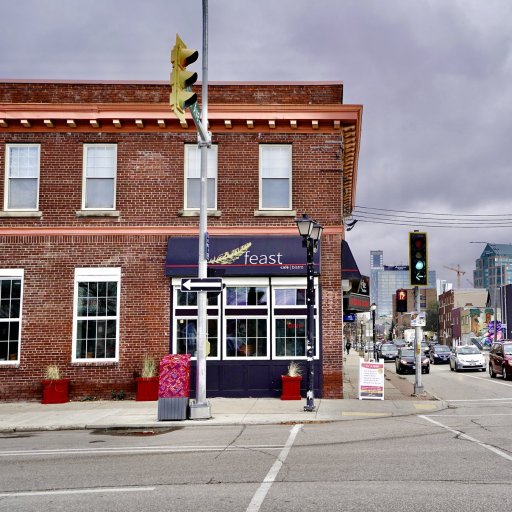
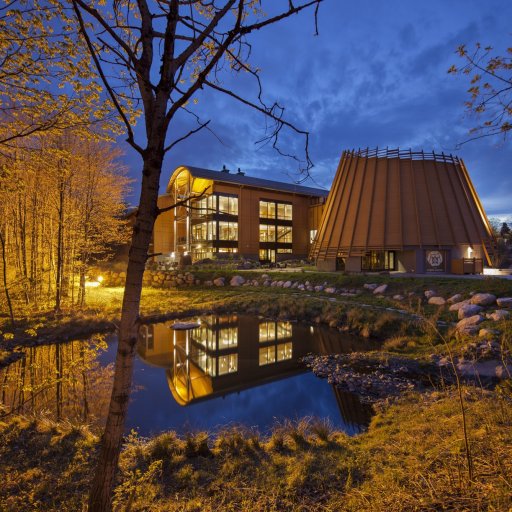
Hotel-Musée Premières Nations
Wendake, Quebec Accommodation & Relaxation, Art, Craft & Gifts, Cuisine, Culture & Heritage

Cree Cultural Institute
Oujé-Bougoumou, Quebec Art, Craft & Gifts, Culture & Heritage, virtual-experience-ch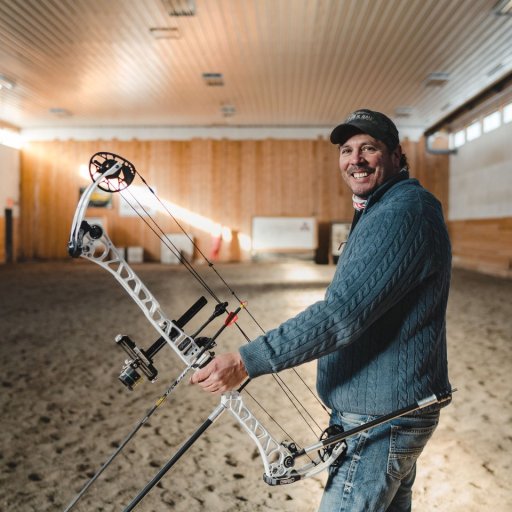
Painted Warriors
Cremona,, Alberta Accommodation & Relaxation, Cuisine, Culture & Heritage, hiking-tours, Wildlife, Nature & Adventure, Winter Experience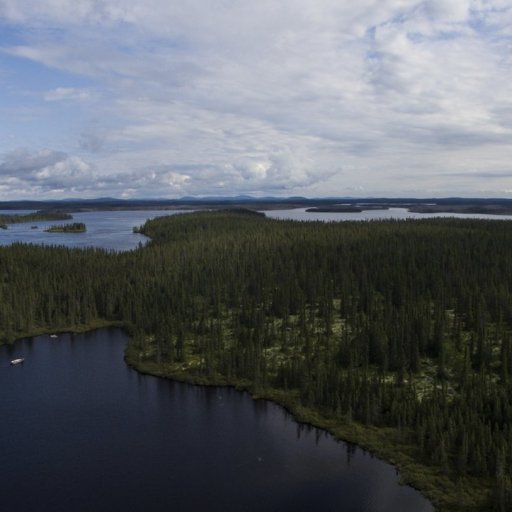
Osprey Lodge
Oujé-Bougoumou, Quebec Accommodation & Relaxation, family-friendly, freshwater, lodges, outfitters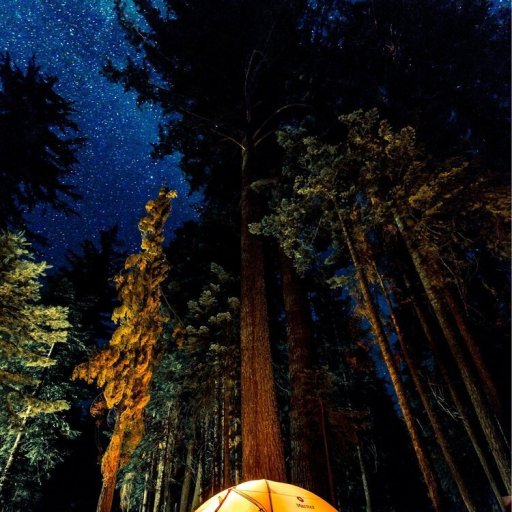

Tundra North Tours
Inuvik, Northwest Territories Culture & Heritage, walking-tours, Wildlife, Nature & Adventure, Winter Experience
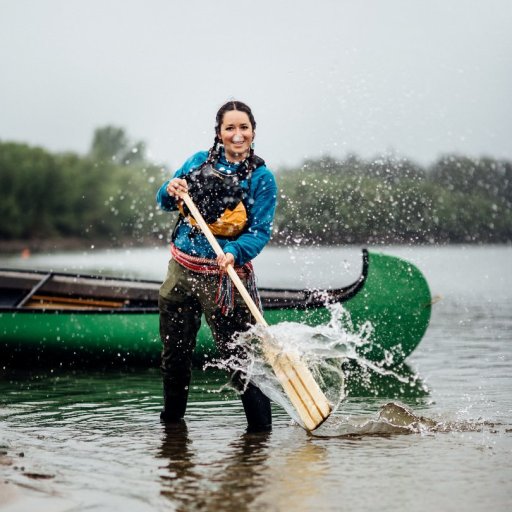
Aski Holistic Adventures
Cumberland House, Saskatchewan Accommodation & Relaxation, Culture & Heritage, walking-tours, Wildlife, Nature & Adventure, Winter Experience

Ainsworth Hot Springs Resort
Ainsworth Hot Springs, British Columbia Accommodation & Relaxation, Cuisine


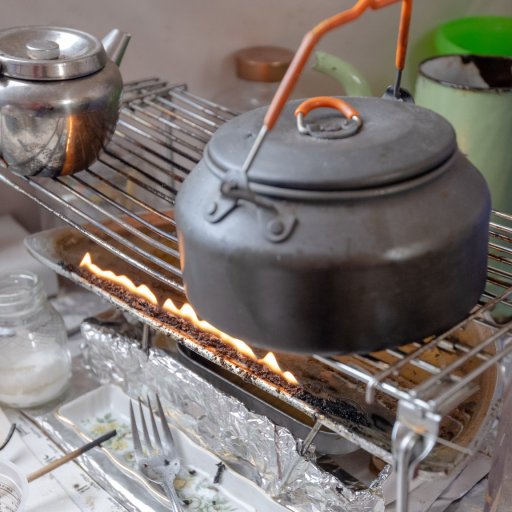
Arctic Bay Adventures
Arctic Bay, Nunavut hiking-tours, Wildlife, Nature & Adventure, Winter Experience
Blue Spruce X
HV-Goose Bay, Newfoundland Labrador Accommodation & Relaxation, Cuisine, Culture & Heritage, hiking-tours, ice, outfitters, Wildlife, Nature & Adventure, Winter Experience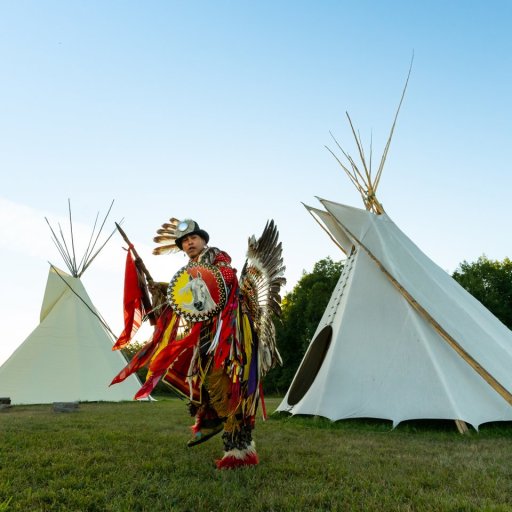

Metepenagiag Heritage Park
Red Bank, New Brunswick Accommodation & Relaxation, Art, Craft & Gifts, Culture & Heritage, teepees, walking-tours, Wildlife, Nature & Adventure

Moccasin Trails
West Kelowna, British Columbia awareness-experiences, Culture & Heritage, reconciliation, Wildlife, Nature & Adventure

Mountain Waters Resort
Portland Creek, Newfoundland Labrador Accommodation & Relaxation, hiking-tours, Wildlife, Nature & Adventure
Gros Morne Adventures
Norris Point, Newfoundland Labrador hiking-tours, Wildlife, Nature & Adventure
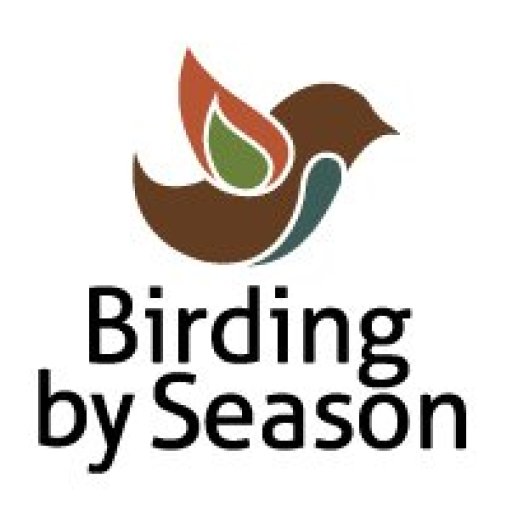
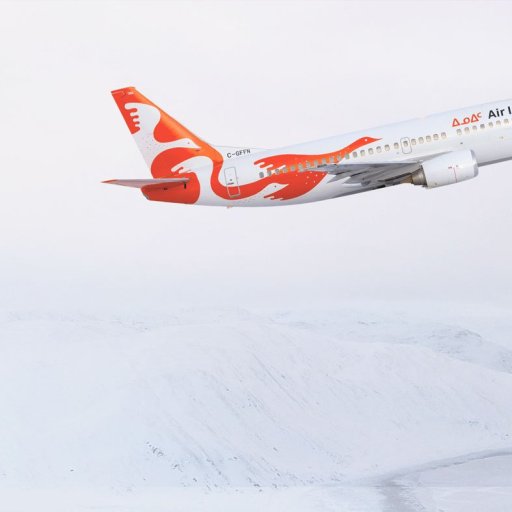

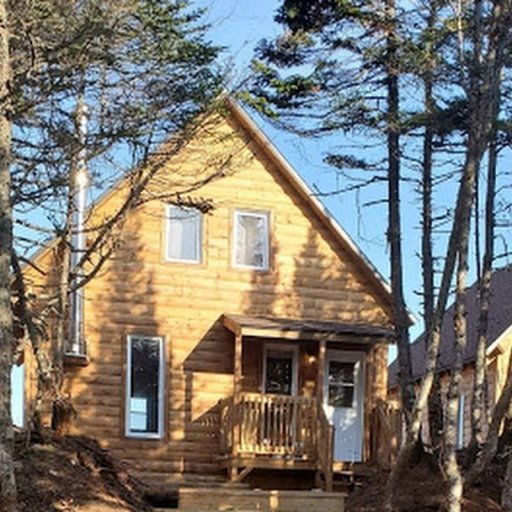

Experience Lennox Island
Lennox Island, Prince Edward Island Culture & Heritage, walking-tours, Wildlife, Nature & Adventure

The Torngats
Happy Valley, Newfoundland and Labrador Accommodation & Relaxation, Culture & Heritage, hiking-tours, walking-tours, Wildlife, Nature & Adventure
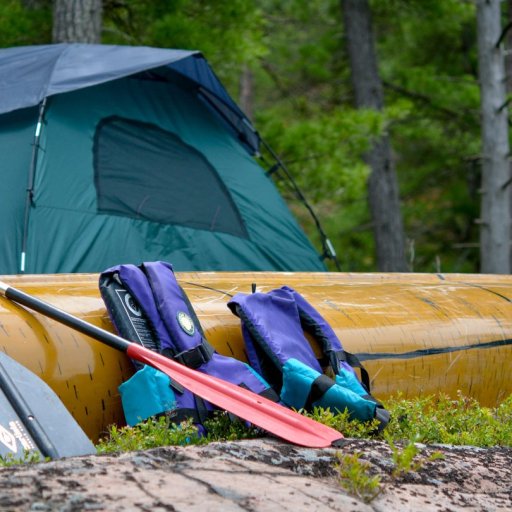
Point Grondine Park
Killarney, Ontario Accommodation & Relaxation, Culture & Heritage, hiking-tours, Wildlife, Nature & Adventure
Voyageur Wilderness
Atikokan, Ontario Accommodation & Relaxation, Culture & Heritage, freshwater, outfitters, Wildlife, Nature & Adventure
Station Uapishka
Rivières-aux-Outardes, Quebec Accommodation & Relaxation, hiking-tours, teepees, Wildlife, Nature & Adventure, Winter Experience
Haida House at Tllaal
Tlell, Haida Gwaii, British Columbia Accommodation & Relaxation, awareness-experiences, Cuisine, reconciliation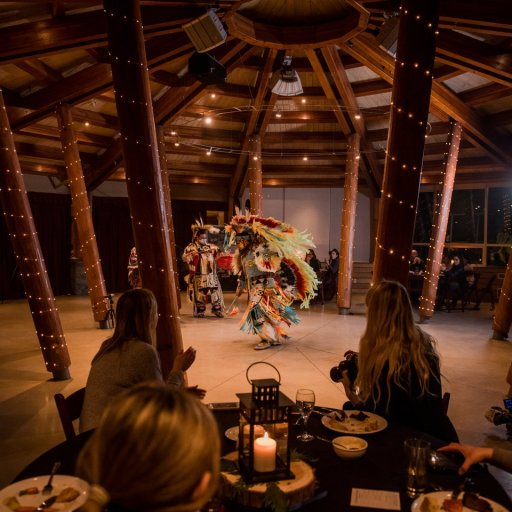
Squamish Lil’wat Cultural Centre
Whistler, British Columbia Art, Craft & Gifts, Cuisine, Culture & Heritage
Spirit Bear Lodge
Klemtu, British Columbia Accommodation & Relaxation, awareness-experiences, Cuisine, Culture & Heritage, reconciliation, Wildlife, Nature & Adventure
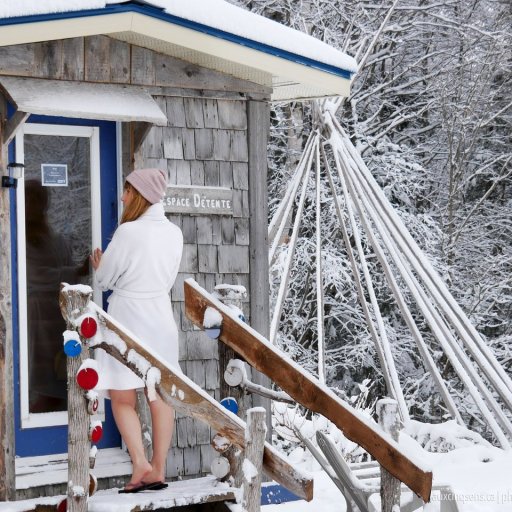
Hébergement Aux Cinq Sens
Piopolis, Quebec Accommodation & Relaxation, walking-tours, Wildlife, Nature & Adventure

Big Eddy Lodge
Cumberland House, Saskatchewan Accommodation & Relaxation, big-game, lodges, outfitters
Klahoose Coastal Adventures
Squirrel Cove, British Columbia Culture & Heritage, Wildlife, Nature & Adventure

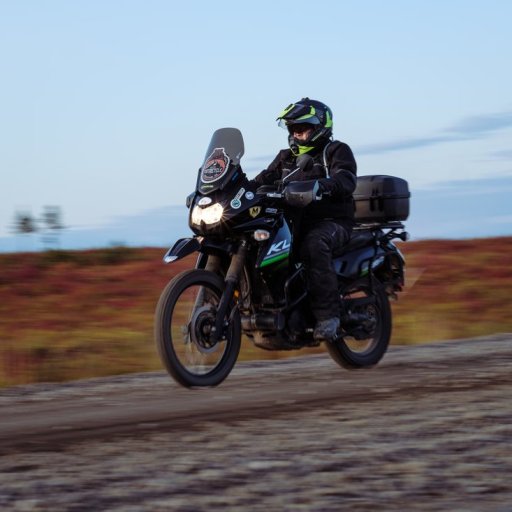
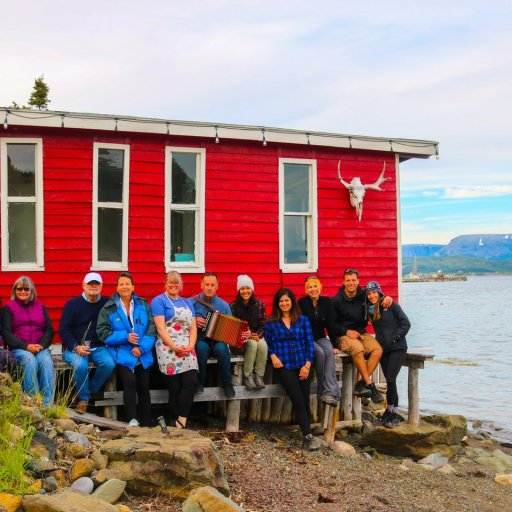
Wild Gros Morne
Shoal Brook, Newfoundland Labrador Cuisine, hiking-tours, walking-tours, Wildlife, Nature & Adventure, Winter Experience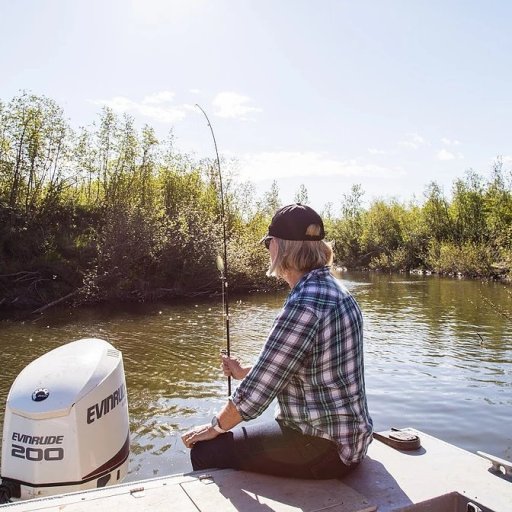
Only Way Outfitting
Inuvik, Northwest Territories outfitters, Wildlife, Nature & Adventure, Winter Experience
Anishinaabe Wild Rice Experience
Nolalu, Ontario Culture & Heritage, walking-tours, Wildlife, Nature & Adventure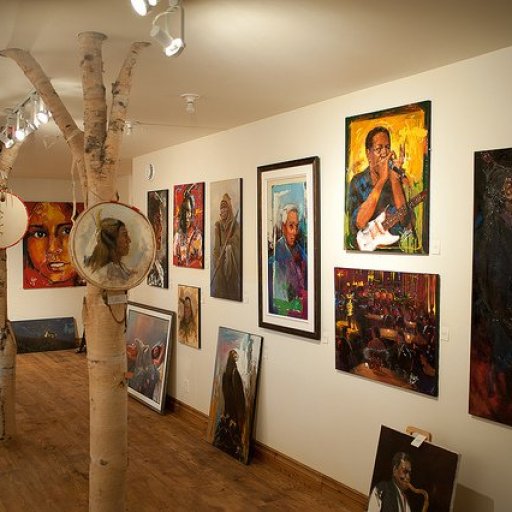

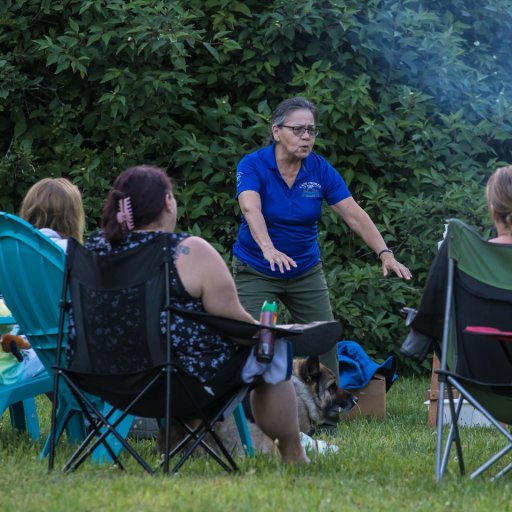
Cape Croker Park
Neyaashiinigmiing, Ontario Accommodation & Relaxation, Culture & Heritage, Wildlife, Nature & Adventure
Black River Wilderness Park
Washago, Ontario Accommodation & Relaxation, Art, Craft & Gifts, Culture & Heritage, teepees, walking-tours, Wildlife, Nature & Adventure, Winter Experience
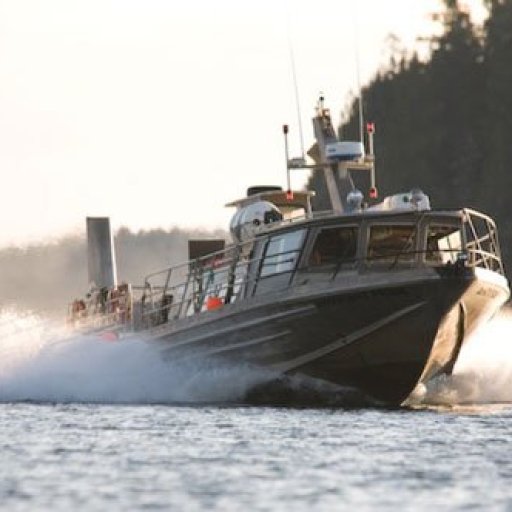
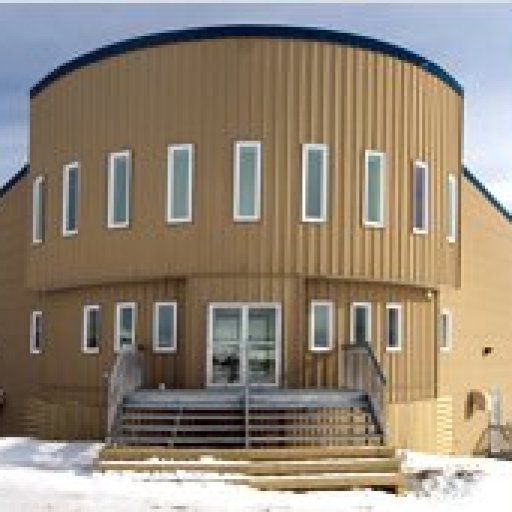
Dorset Suites/Huit Huit Tours
Cape Dorset, Nunavut Accommodation & Relaxation, hiking-tours, Wildlife, Nature & Adventure
Island Sunrise Cottages, Fishing and Hunting Outfitters
M'Chigeeng, Ontario
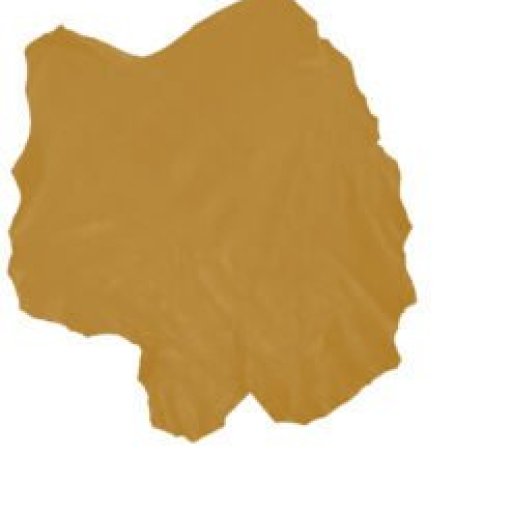

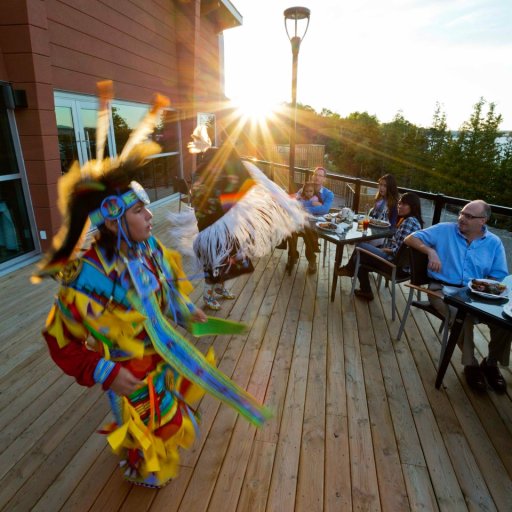
Manitoulin Hotel & Conference Centre
Little Current, Ontario Accommodation & Relaxation, Cuisine, Culture & Heritage


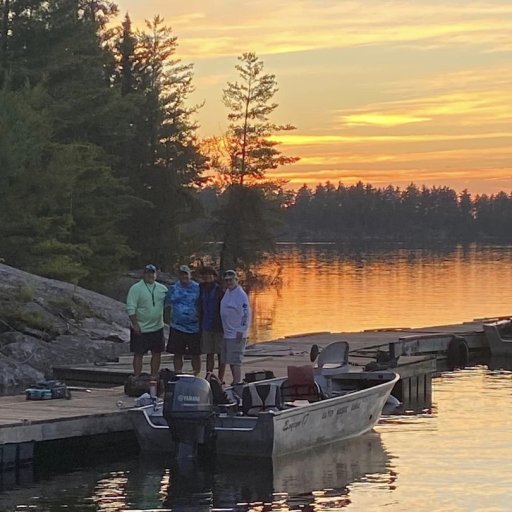
Silver Muskie Lodge
30 Miles East of Fort Frances, Ontario Accommodation & Relaxation, drive-in, family-friendly, freshwater, lodges, outfitters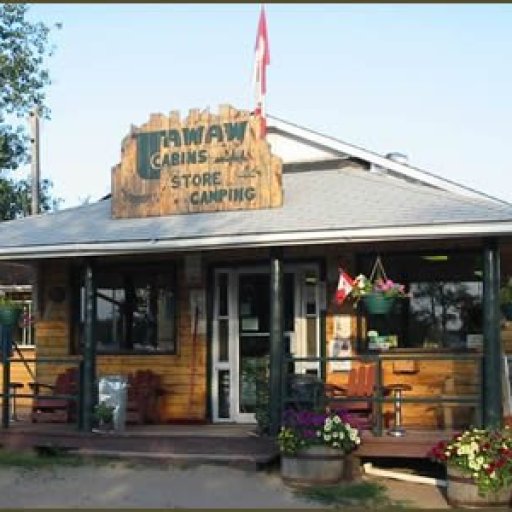


Northern Lights Dog Sledding
Goose Bay, Newfoundland Labrador Wildlife, Nature & Adventure, Winter Experience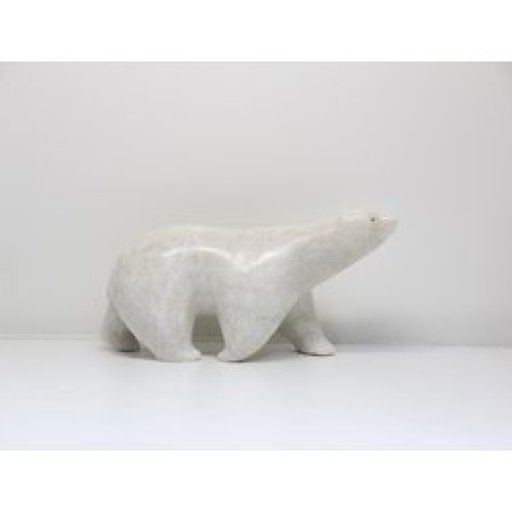

Cree North Adventures
Meadow Lake, Saskatchewan Accommodation & Relaxation, Culture & Heritage, teepees, Wildlife, Nature & Adventure, Winter Experience

Four Season Tours
Cox's Cove, Newfoundland Labrador Culture & Heritage, outfitters, saltwater, Wildlife, Nature & Adventure, Winter Experience

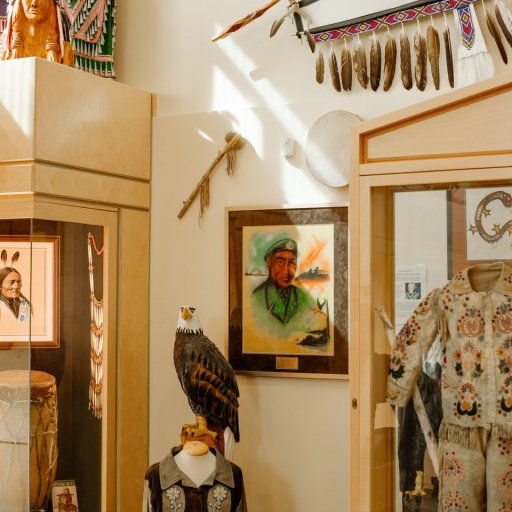
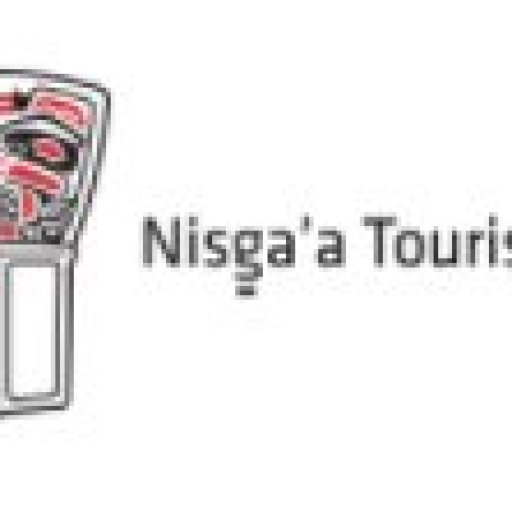
Nisga'a Tourism
Gitlaxt'Aamiks (Formerly New Aiyansh), British Columbia Accommodation & Relaxation, Culture & Heritage, virtual-experience-wna, Wildlife, Nature & Adventure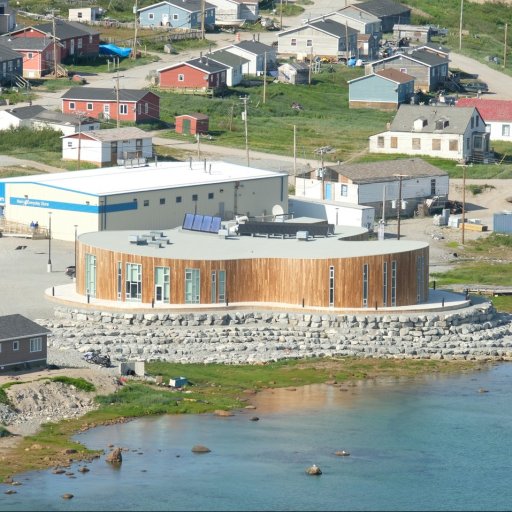
Nunatsiavut Government
Happy Valley Goose Bay, Newfoundland Labrador Accommodation & Relaxation, Art, Craft & Gifts, Culture & Heritage, hiking-tours, Wildlife, Nature & Adventure
Saltbox Cafe Inc.
Benoit's Cove, Newfoundland Labrador Cuisine, hiking-tours, Wildlife, Nature & Adventure

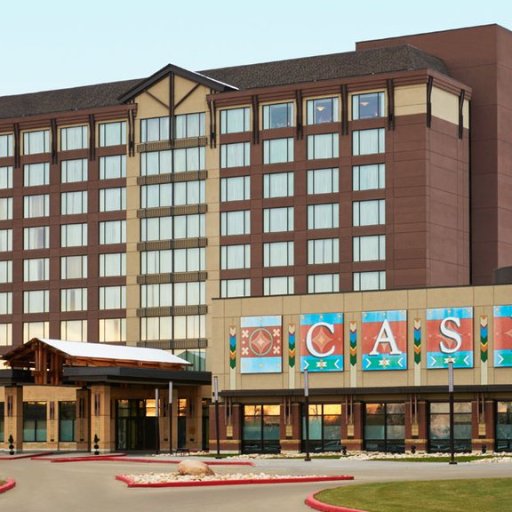

Oroseau Rapids Park/ Park du Rapides
St.Malo, Manitoba Accommodation & Relaxation, Culture & Heritage, hiking-tours, walking-tours, Wildlife, Nature & Adventure, Winter Experience
Wildhorse Ranch
Rocky Mountain House, Alberta Accommodation & Relaxation, Culture & Heritage, Wildlife, Nature & Adventure
Under the Stump
Rocky Harbour, Newfoundland Labrador Culture & Heritage, walking-tours, Wildlife, Nature & Adventure
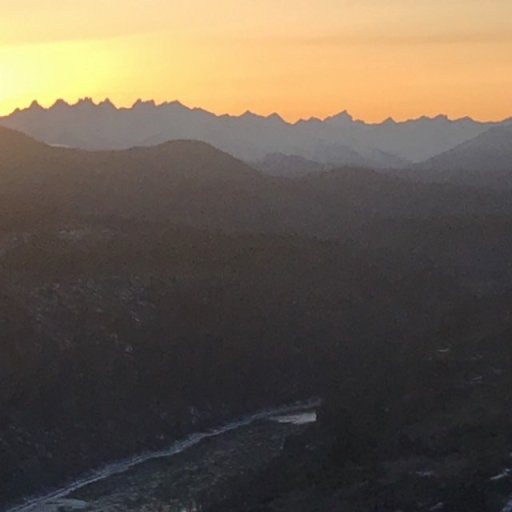

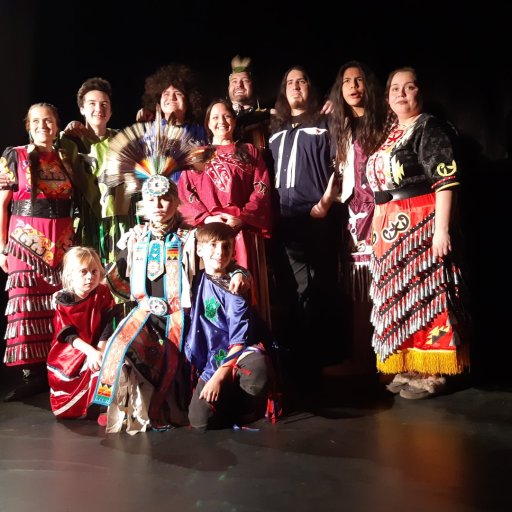

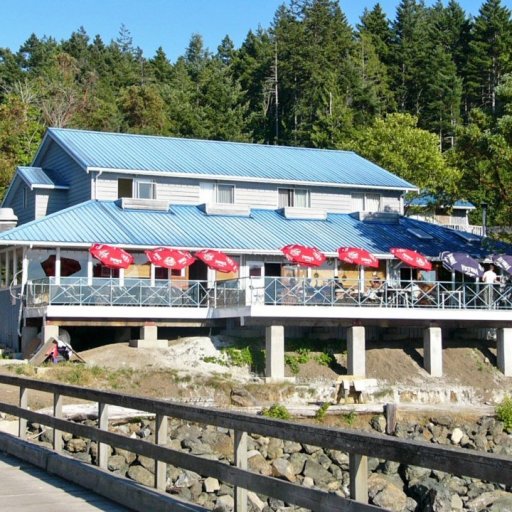
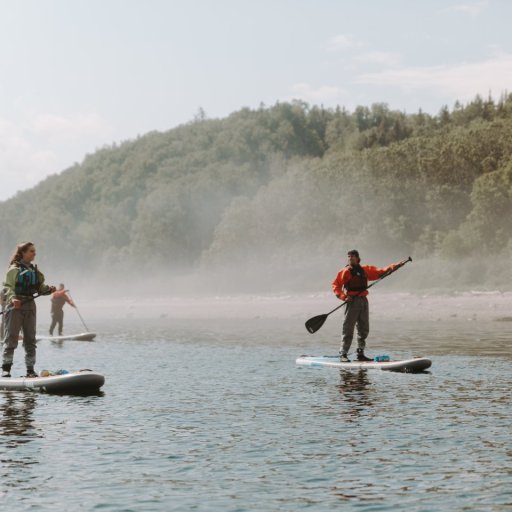

Micmac Camp
Gesgapegiag, Quebec Accommodation & Relaxation, Cuisine, lodges, outfitters, saltwater, Wildlife, Nature & Adventure
Aventure Plume Blanche
Roberval, Quebec Accommodation & Relaxation, awareness-experiences, Cuisine, Culture & Heritage, reconciliation, teepees, walking-tours, Wildlife, Nature & Adventure, Winter Experience
Arctic Adventures - Payne River
Baie-D'Urfé, Quebec Accommodation & Relaxation, fly, hiking-tours, outfitters, saltwater, walking-tours, Wildlife, Nature & Adventure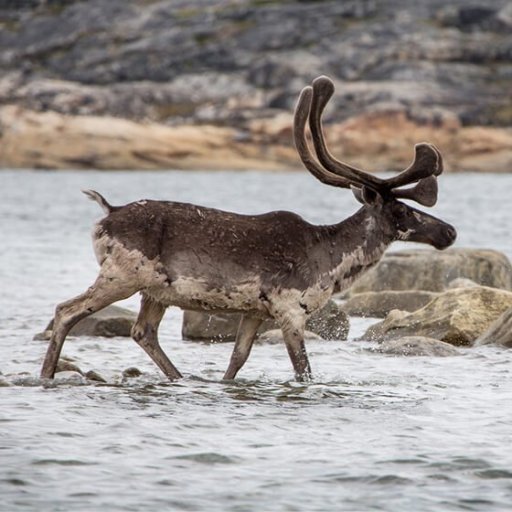
Arctic Adventures - Tunulik
Baie-D'Urfé, Quebec Accommodation & Relaxation, fly, outfitters, walking-tours, Wildlife, Nature & Adventure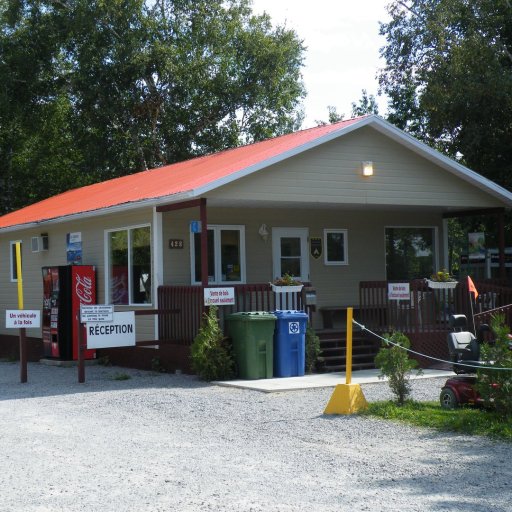
Camping Tadoussac and Camping Tipi
Essipit, Quebec Accommodation & Relaxation, hiking-tours, teepees, walking-tours, Wildlife, Nature & Adventure
Chalets De L'anse-à-Jos, à Yves et Chalets Shipek
Essipit, Quebec Accommodation & Relaxation, hiking-tours, walking-tours, Wildlife, Nature & Adventure
Club Odanak
La Tuque, Quebec

Domaine Notcimik
LaBostonnais, Quebec Accommodation & Relaxation, Culture & Heritage, hiking-tours, teepees, walking-tours, Wildlife, Nature & Adventure
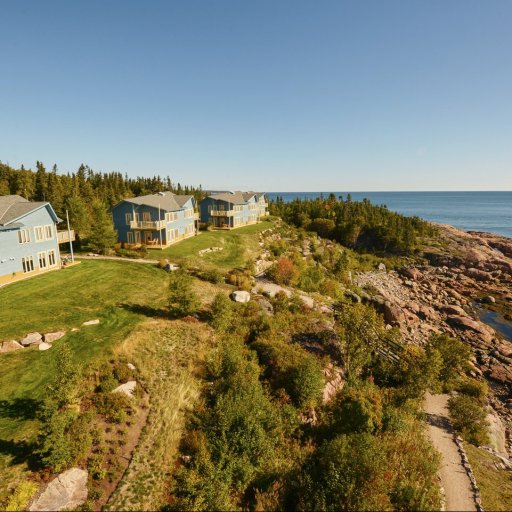
Natakam Condos-Hotel Sur Mer
Essipit, Quebec Accommodation & Relaxation, hiking-tours, Wildlife, Nature & Adventure

Huron-Wendat Museum
Wendake, Quebec Accommodation & Relaxation, Art, Craft & Gifts, Culture & Heritage

Nunavik Parks: Pingualuit National Park
Kangiqsujuaq, Quebec Accommodation & Relaxation, hiking-tours, Wildlife, Nature & Adventure, Winter Experience
Nabisipi Outfitter - Uenapeuhipu
Aguanish, Quebec Accommodation & Relaxation, freshwater, lodges, outfitters, saltwater
Mingan River Outfitter
Mingan, Quebec Accommodation & Relaxation, freshwater, outfitters, Wildlife, Nature & Adventure
Pourvoiries Essipit- Domaine du Lac des Coeurs
Essipit, Quebec Accommodation & Relaxation, fly, outfitters, Wildlife, Nature & Adventure
Pourvoiries Essipit- Domaine sportif du Lac Loup
Essipit, Quebec Accommodation & Relaxation, big-game, outfitters
Essipit Outfitter: Club Claire
Essipit, Quebec freshwater, lodges, outfitters, Wildlife, Nature & Adventure

Auberge Manawan
Manawan, Quebec Accommodation & Relaxation, Culture & Heritage, freshwater, outfitters, walking-tours, Wildlife, Nature & Adventure


Shakat Tun Adventures
Haines Junction, Yukon Accommodation & Relaxation, Cuisine, Culture & Heritage, hiking-tours, walking-tours, Wildlife, Nature & Adventure, Winter Experience
NARWAL Northern Adventures
Yellowknife, Northwest Territories Cuisine, Culture & Heritage, hiking-tours, Wildlife, Nature & Adventure, Winter Experience

Takaya Tours First Nations Canoe & Kayak Adventures
North Vancouver, British Columbia Culture & Heritage, walking-tours, Wildlife, Nature & Adventure
Haida Style Expeditions
Skidegate, British Columbia Culture & Heritage, outfitters, saltwater, walking-tours, Wildlife, Nature & Adventure
Wapusk Adventures
Churchill, Manitoba Culture & Heritage, Wildlife, Nature & Adventure, Winter Experience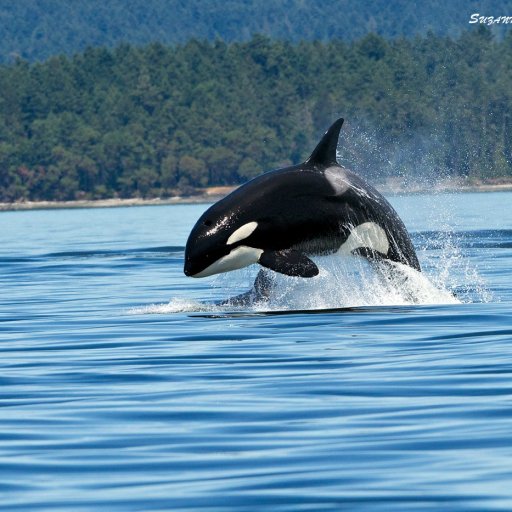

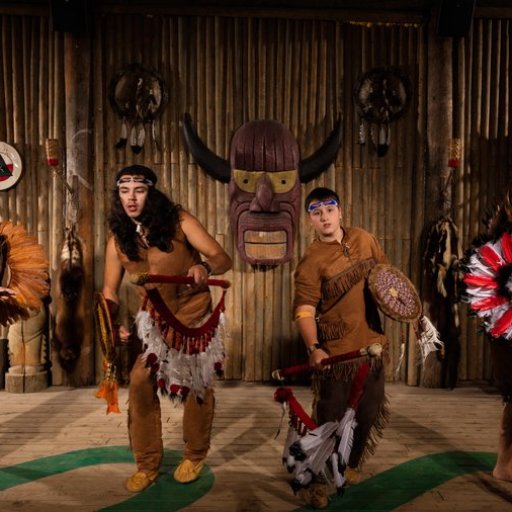
Onhoüa Chetek8e Huron Traditional Site
Wendake, Quebec Art, Craft & Gifts, Cuisine, Culture & Heritage

Ilnu Museum of Mashteuiatsh
Mashteuiatsh, Quebec Art, Craft & Gifts, awareness-experiences, Culture & Heritage, reconciliation, walking-tours, Wildlife, Nature & Adventure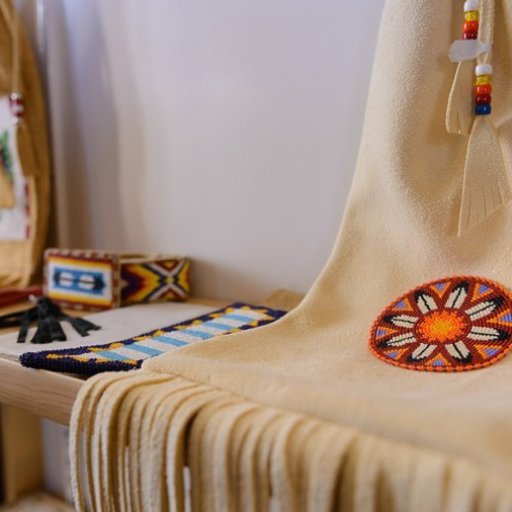

Red Bank Lodge
Red Bank, New Brunswick Accommodation & Relaxation, Cuisine, Culture & Heritage, lodges, walking-tours, Wildlife, Nature & Adventure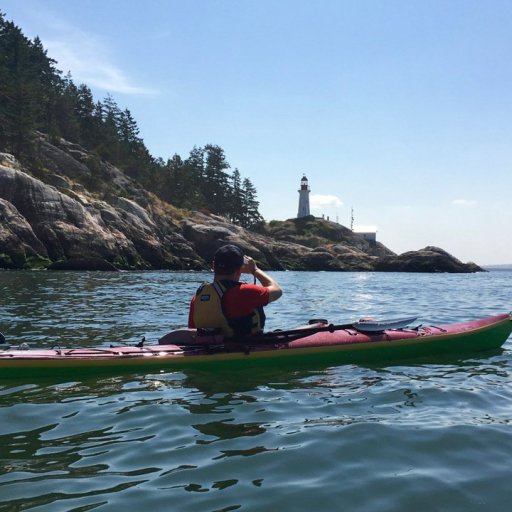
Talaysay Tours
West Vancouver, British Columbia Culture & Heritage, walking-tours, Wildlife, Nature & Adventure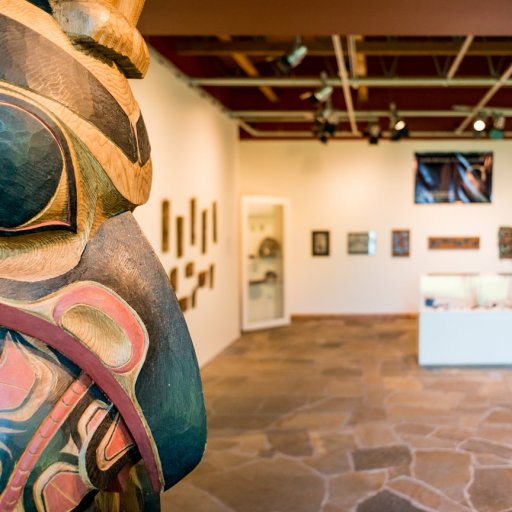
Haida Heritage Centre at Ḵay Llnagaay
Skidegate, British Columbia Art, Craft & Gifts, Culture & Heritage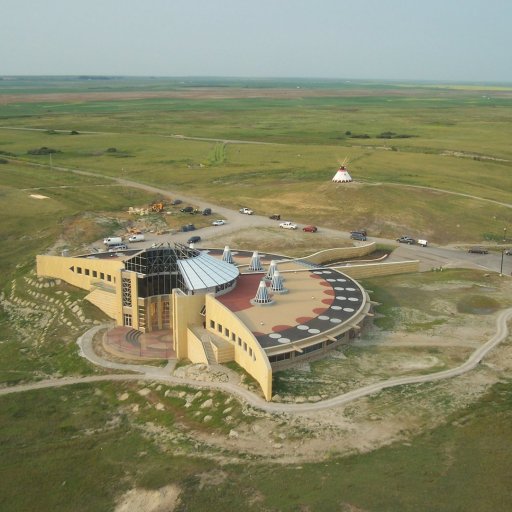
Blackfoot Crossing Historical Park
Siksika, Alberta Accommodation & Relaxation, Art, Craft & Gifts, Culture & Heritage, teepees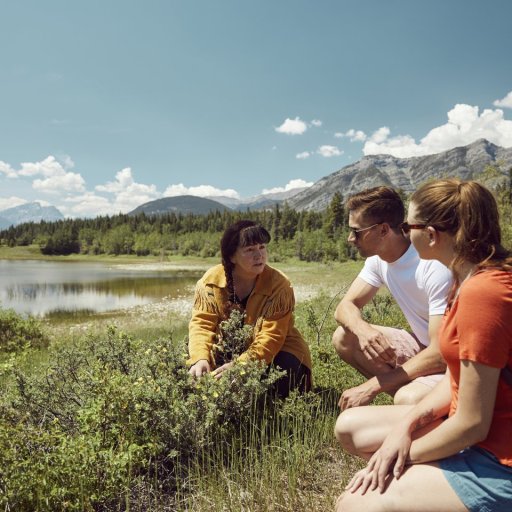
Mahikan Trails
Canmore, Alberta awareness-experiences, Culture & Heritage, reconciliation, walking-tours, Wildlife, Nature & Adventure, Winter Experience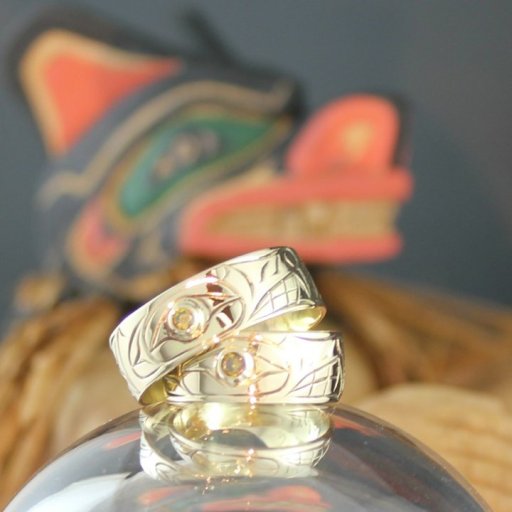

Tla'amin Resorts and Accommodations / Historic Lund Hotel
Lund, British Columbia Accommodation & Relaxation, Art, Craft & Gifts, Cuisine, Culture & Heritage, hiking-tours, walking-tours, Wildlife, Nature & Adventure
Spapium “Little Prairie” Farm
Lytton, British Columbia Accommodation & Relaxation, Art, Craft & Gifts, Cuisine, Culture & Heritage, walking-tours, Wildlife, Nature & Adventure

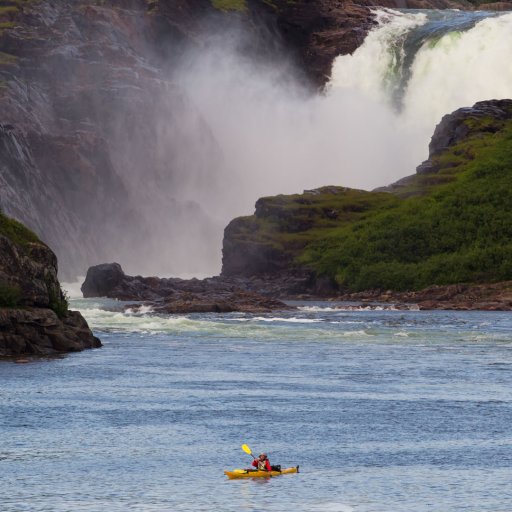

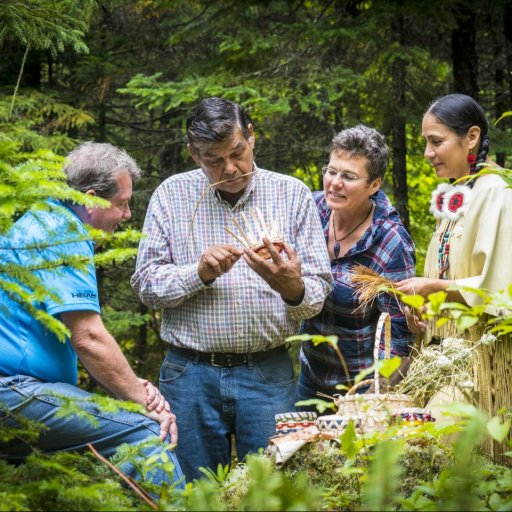
Elsipogtog Mi'kmaq Cultural Center
Elsipogtog First Nation, New Brunswick Culture & Heritage, walking-tours, Wildlife, Nature & Adventure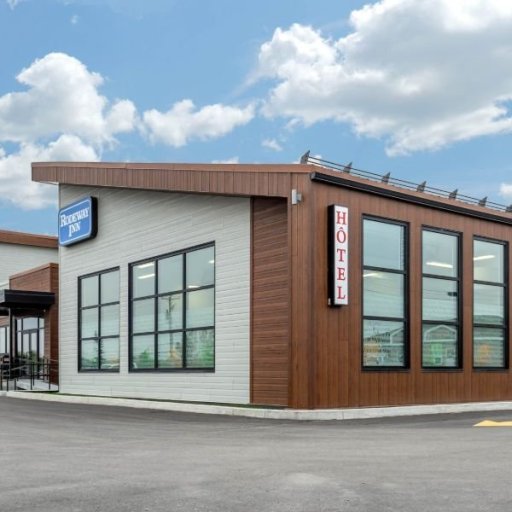

Secteur Tourilli
Wendake, Quebec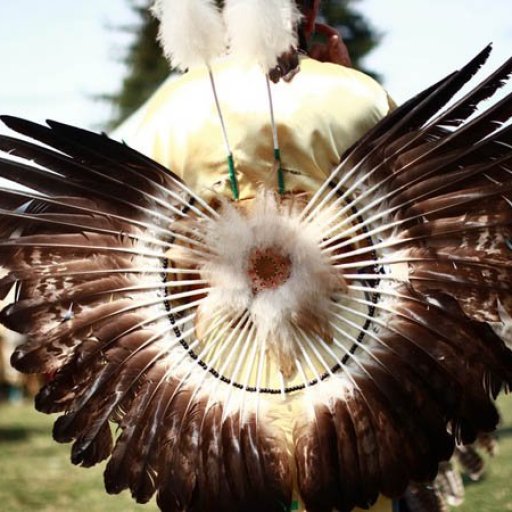
Site Mataken-Manawan Tourism
Manawan, Quebec Accommodation & Relaxation, Art, Craft & Gifts, Culture & Heritage, hiking-tours, teepees, Wildlife, Nature & Adventure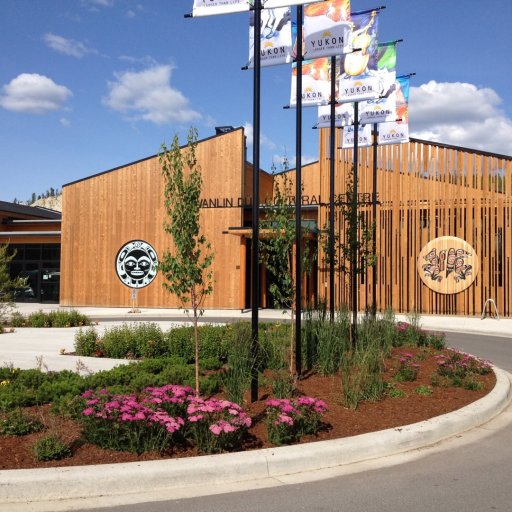
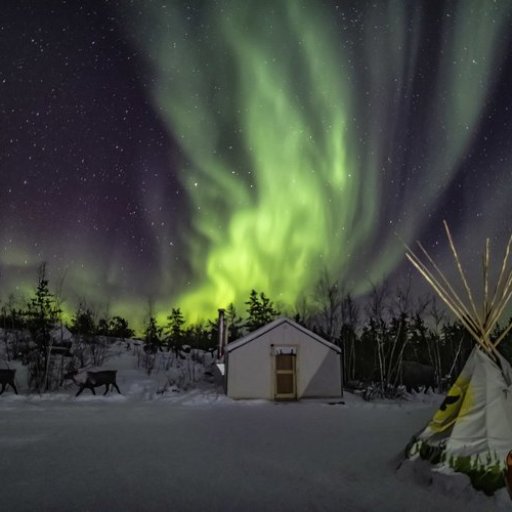
Aurora Tours.Net
Yellowknife, Northwest Territories Cuisine, Culture & Heritage, Wildlife, Nature & Adventure, Winter Experience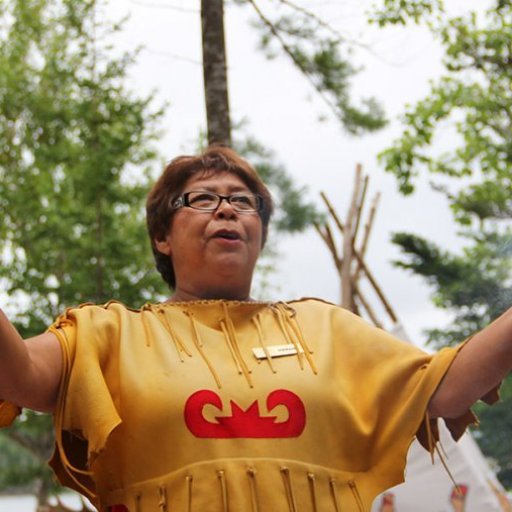
Eskasoni Cultural Journeys
Baddeck, Nova Scotia Cuisine, Culture & Heritage, walking-tours, Wildlife, Nature & Adventure
Kluskap Ridge RV & Campground Ltd.
Englishtown, Nova Scotia Accommodation & Relaxation, Art, Craft & Gifts, Culture & Heritage, teepees, Wildlife, Nature & Adventure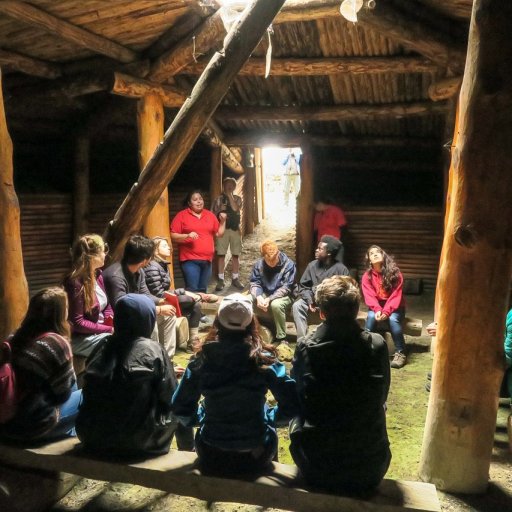
Xwisten Experience Tours
Lillooet, British Columbia Cuisine, Culture & Heritage, Wildlife, Nature & Adventure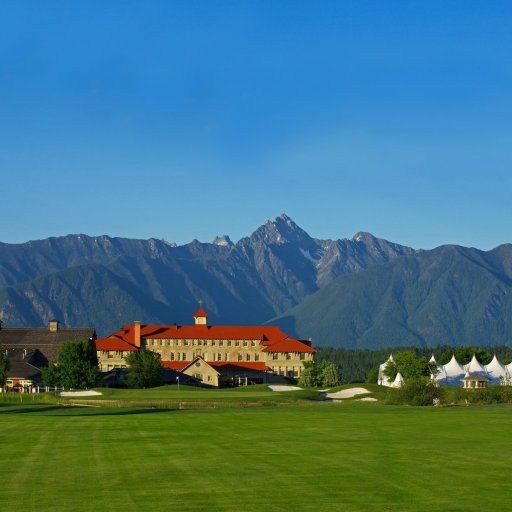
St. Eugene Golf Resort & Casino
Cranbrook, British Columbia Accommodation & Relaxation, Cuisine, reconciliation, residential-school-sites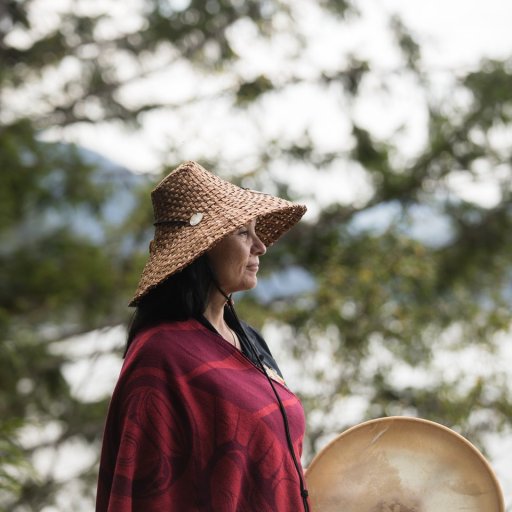



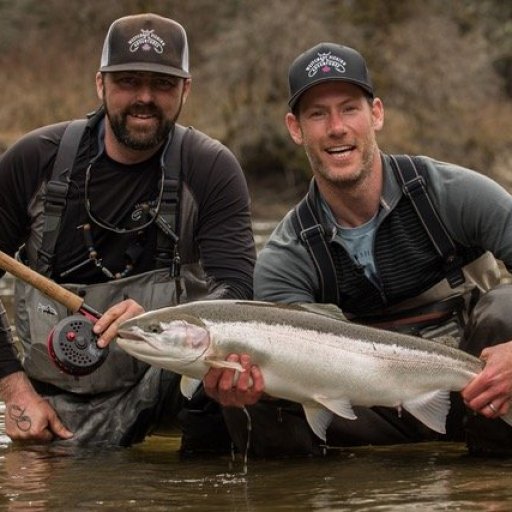
Westcoast Fishing Adventures
Terrace, British Columbia fly, freshwater, outfitters, saltwater, Wildlife, Nature & Adventure
Appalachian Chalets and RV
Corner Brook, Newfoundland Labrador Accommodation & Relaxation, Wildlife, Nature & Adventure, Winter Experience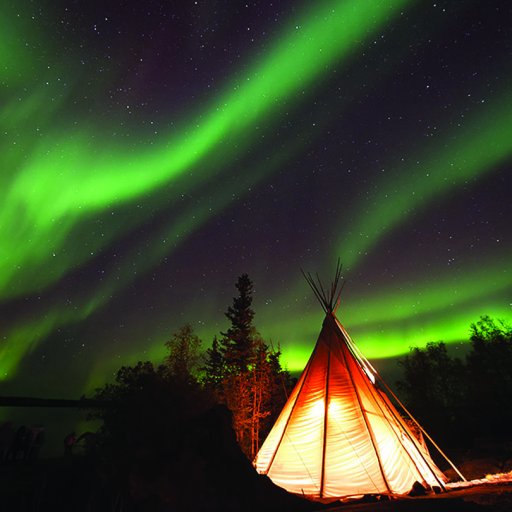
B. Dene Adventures
Yellowknife, Northwest Territories Accommodation & Relaxation, Culture & Heritage, teepees, Wildlife, Nature & Adventure, Winter Experience
Bucketlist Tours
Yellowknife, Northwest Territories Culture & Heritage, Wildlife, Nature & Adventure
Knight Inlet Lodge
Black Creek, British Columbia Accommodation & Relaxation, lodges, Wildlife, Nature & Adventure



Étamamiou Outfitters
Unamen Shipu, Quebec Accommodation & Relaxation, Culture & Heritage, freshwater, lodges, outfitters, Wildlife, Nature & Adventure

Carcross/Tagish Management Corporation
Whitehorse, Yukon Art, Craft & Gifts, Culture & Heritage, hiking-tours, Wildlife, Nature & Adventure
Miywasin Friendship Centre
Medicine Hat, Alberta
Royal Inn & Suites
Happy Valley-Goose Bay NL A0P 1C0, Newfoundland Labrador Accommodation & Relaxation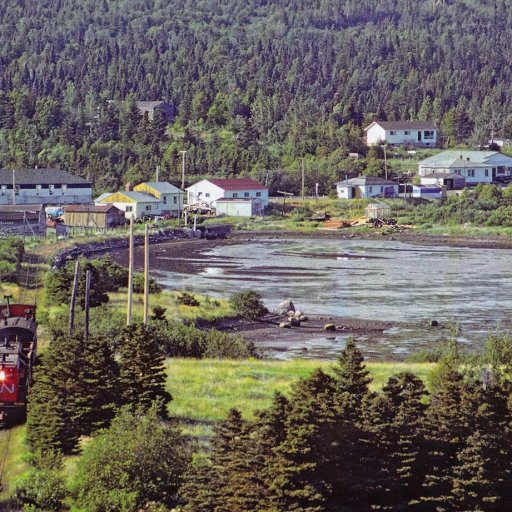
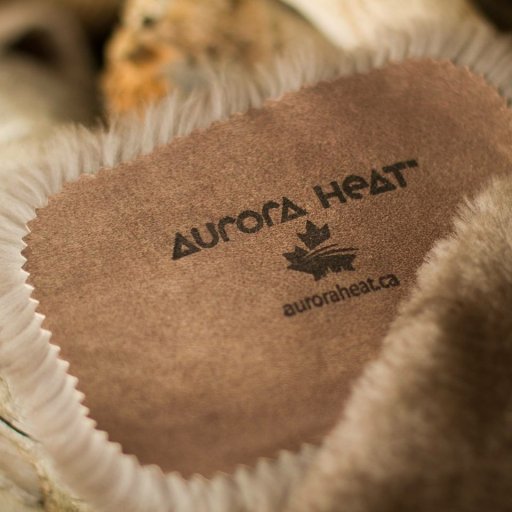
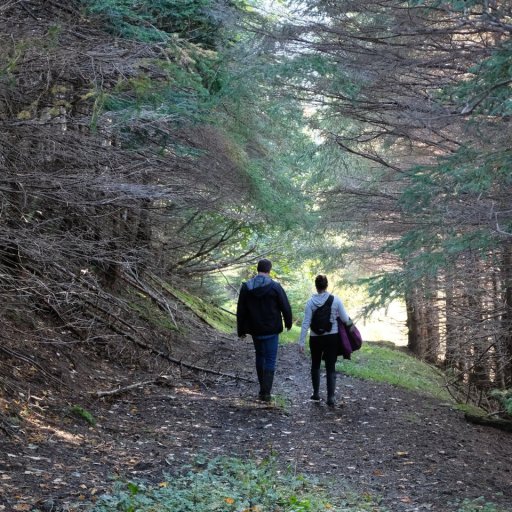

Aurora Village
Yellowknife, Northwest Territories Accommodation & Relaxation, Cuisine, Culture & Heritage, teepees, Wildlife, Nature & Adventure, Winter Experience
Lodge on the Point
Nipissing, Unorganized, North Part, Ontario Accommodation & Relaxation, big-game, freshwater, lodges, outfitters, walking-tours, Wildlife, Nature & Adventure
Six Nations Tourism
Ohsweken, Ontario Accommodation & Relaxation, Art, Craft & Gifts, Culture & Heritage, Wildlife, Nature & Adventure
Essipit Outfitter: Jimmy Lake Outfitters
Essipit, Quebec freshwater, lodges, outfitters, Wildlife, Nature & Adventure
Fishwheel Charters
Dawson City, Yukon Accommodation & Relaxation, Wildlife, Nature & Adventure, Winter Experience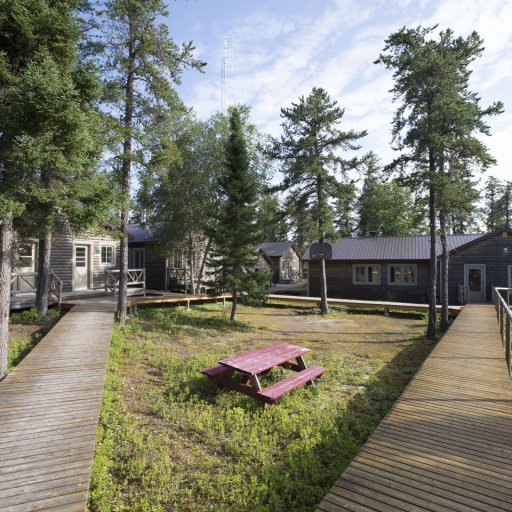
Camp Louis Jolliet Outfitting
Mistissini, Quebec Accommodation & Relaxation, freshwater, lodges, outfitters
Whitehorse Who What Where Tours / Dickson Outfitters Ltd
Whitehorse, Yukon Culture & Heritage, Wildlife, Nature & Adventure


Camp La Lucarne - Anishnabek Outfitter Inc.
Laniel, Quebec Accommodation & Relaxation, big-game, outfitters, Wildlife, Nature & Adventure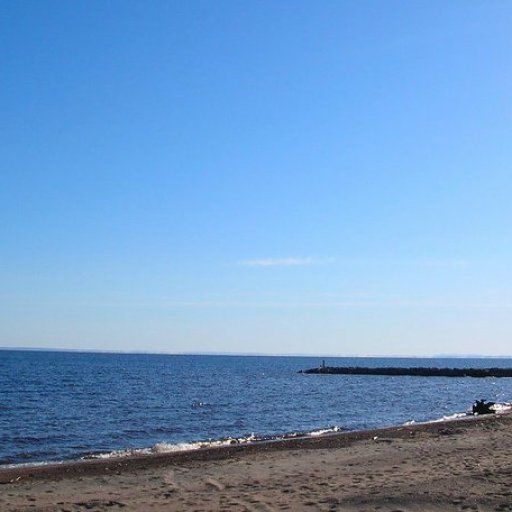


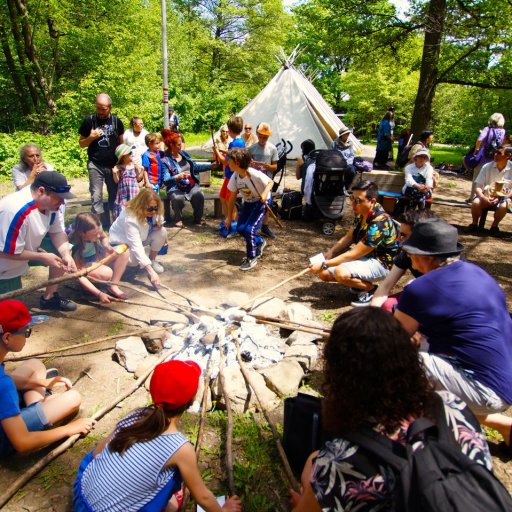
Kina8at-Ensemble
Mont-Tremblant, Quebec Culture & Heritage, walking-tours, Wildlife, Nature & Adventure
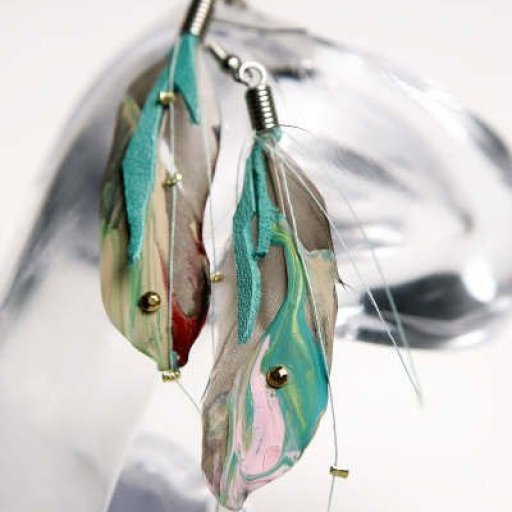

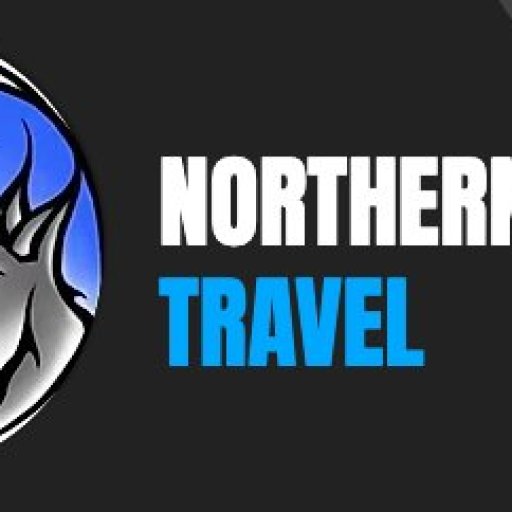
Northern Edge Travel Tourism Lac Seul FN
Lac Seul, Ontario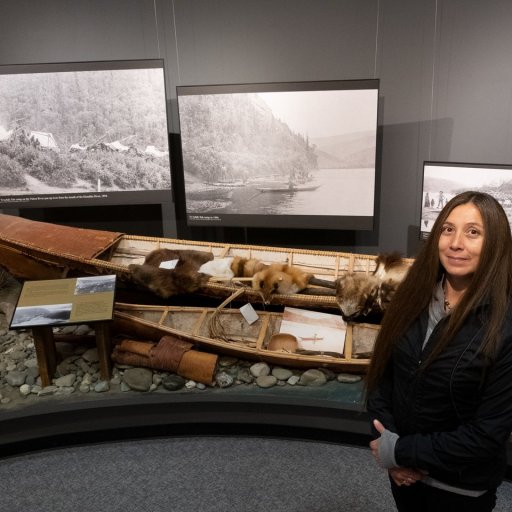



Kanien'kehá:ka Onkwawén:na Raotitióhkwa Language and Cultural Center
Kahnawake, Quebec Culture & Heritage

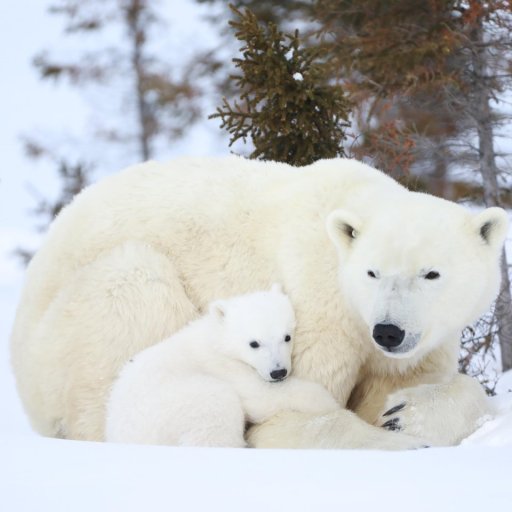



Big Land Fishing Lodge and Tours
Pinware, Newfoundland Labrador family-friendly, fly, lodges, outfitters
Whiteshell Petroforms Authentic Indigenous Tours
Seven Sisters Falls, Manitoba Culture & Heritage, walking-tours, Wildlife, Nature & Adventure

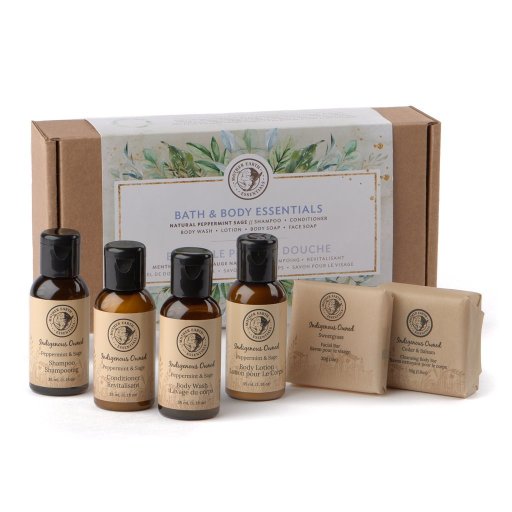
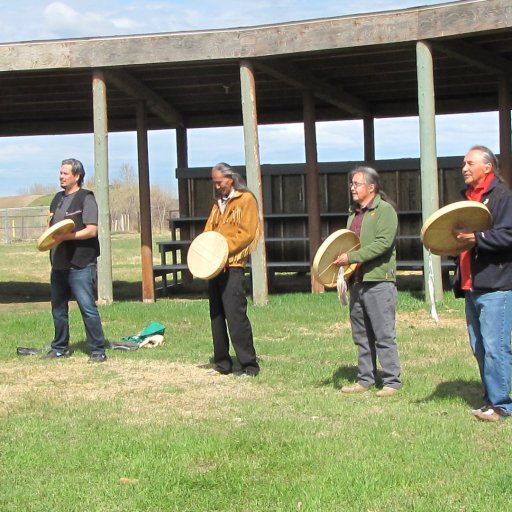
Ki'yeli Tourism Services
Fort Simpson, Northwest Territories Culture & Heritage, Wildlife, Nature & Adventure
Kesagami Lake Lodge
Cochrane, Ontario

Wild Woods Conservation and Education Centre DI Listing
Fort Saskatchewan, Alberta Accommodation & Relaxation, Culture & Heritage
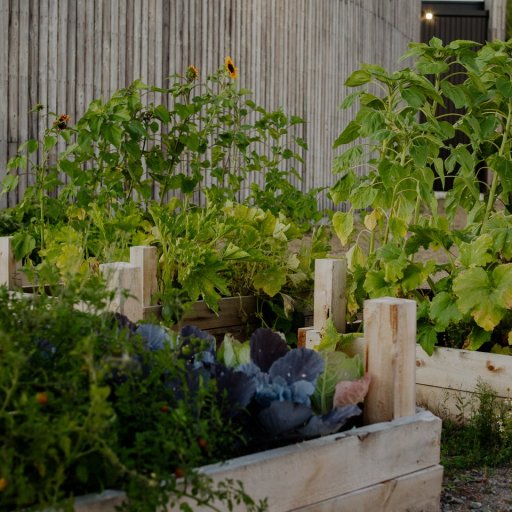
Thrive Tours
Sault Ste. Marie, Ontario Culture & Heritage, hiking-tours, Wildlife, Nature & Adventure, Winter Experience
Enodah Wilderness Travel Ltd
Yellowknife, Northwest Territories fly-in, freshwater, outfitters, walking-tours, Wildlife, Nature & Adventure










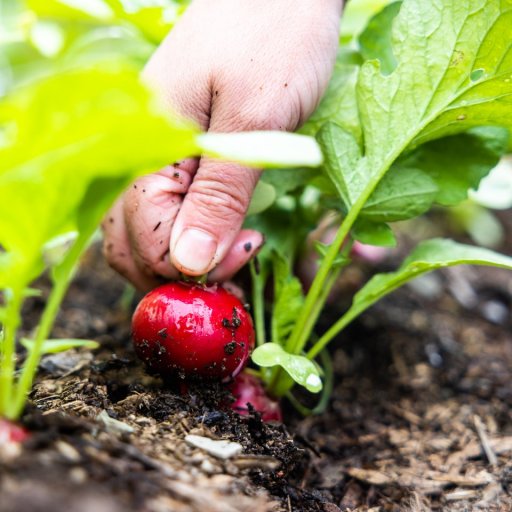
Upper Humber Settlement
Cormack, Newfoundland Labrador Accommodation & Relaxation, Cuisine, Culture & Heritage, Wildlife, Nature & Adventure


North Valley Huts
Retallack, British Columbia Accommodation & Relaxation, hiking-tours, Wildlife, Nature & Adventure
Nemiah Valley Lodge
Nemaiah Valley, British Columbia Accommodation & Relaxation, Culture & Heritage, walking-tours, Wildlife, Nature & Adventure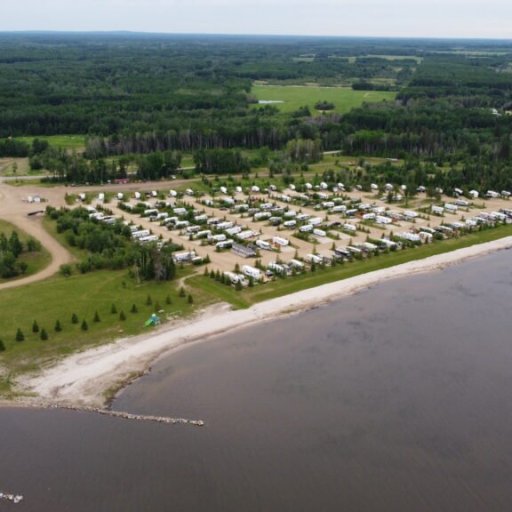

Nitinat Wilderness Charters
Vancouver Island, British Columbia Accommodation & Relaxation, Wildlife, Nature & Adventure
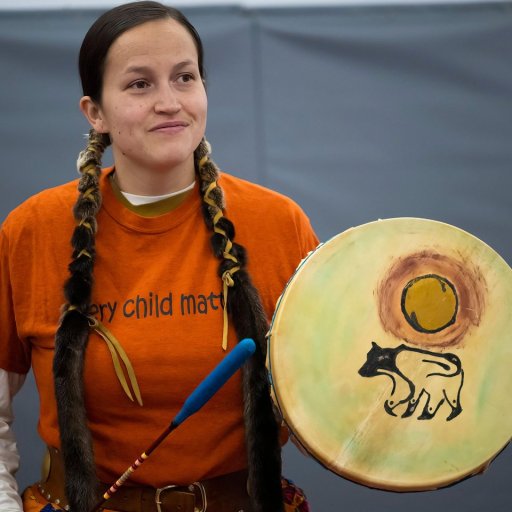

Rapid Lake Lodge
Montreal, Quebec Accommodation & Relaxation, fly, fly-in, hiking-tours, lodges, outfitters, Wildlife, Nature & Adventure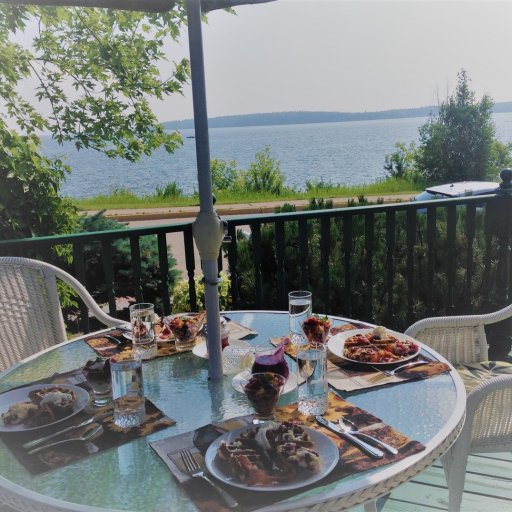
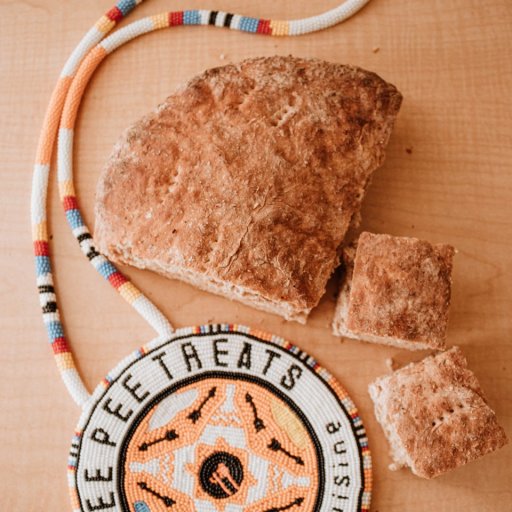
Tee Pee Treats Indigenous Cuisine
Edmonton, Alberta
Wild West Badlands Tours
Drumheller, Alberta Culture & Heritage, walking-tours, Wildlife, Nature & Adventure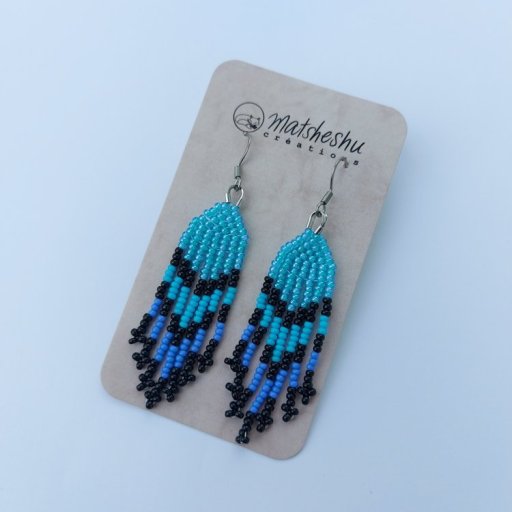
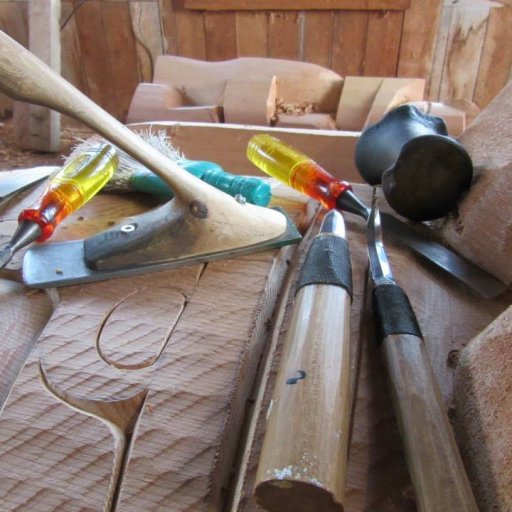

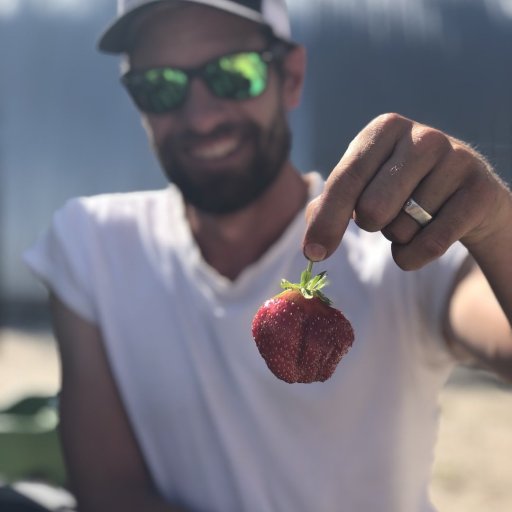
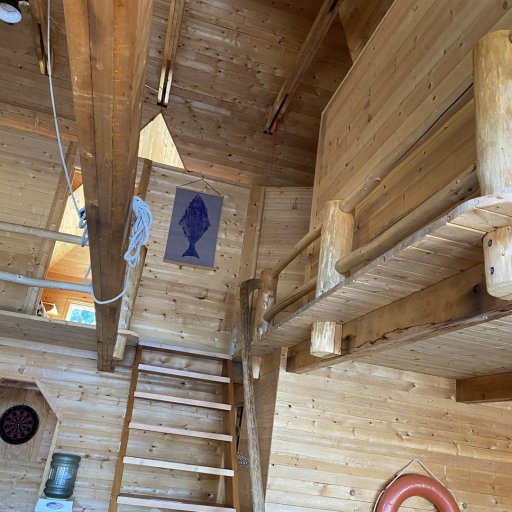
Ḵ ̓wax̱wa̱lawadi, Echo Bay Marina & Lodge
Alert Bay, British Columbia Accommodation & Relaxation, Wildlife, Nature & Adventure
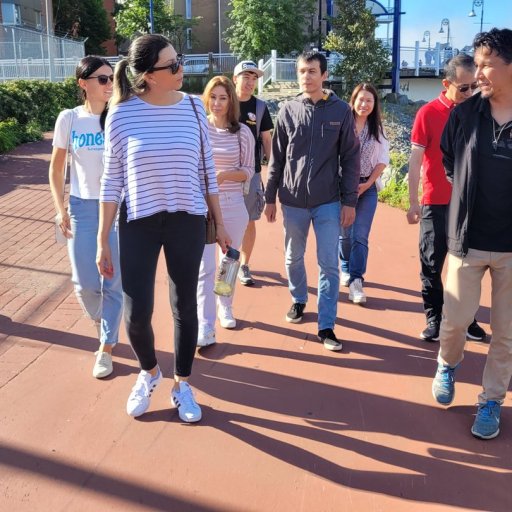

Buffalo Rock Tipi Camp
Brocket, Alberta Accommodation & Relaxation, Culture & Heritage, hiking-tours, teepees, Wildlife, Nature & Adventure
Western Wilderness Adventure
Nordegg, Alberta Accommodation & Relaxation, hiking-tours, outfitters, Wildlife, Nature & Adventure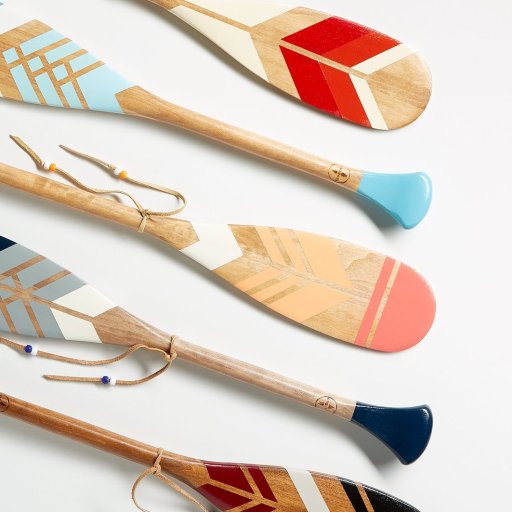


Stillwater Fishing and Tours
Birch Island, Ontario family-friendly, freshwater, outfitters, Wildlife, Nature & Adventure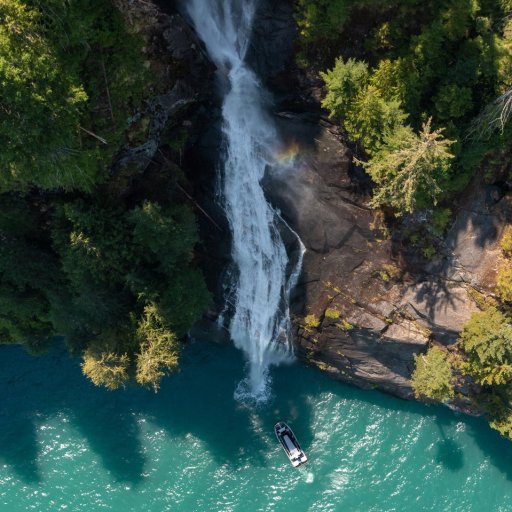
Klahoose Wilderness Resort
Desolution Sound, British Columbia Accommodation & Relaxation, awareness-experiences, reconciliation, Wildlife, Nature & Adventure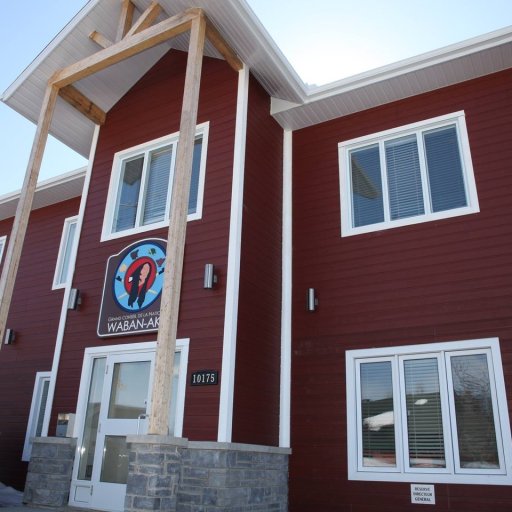



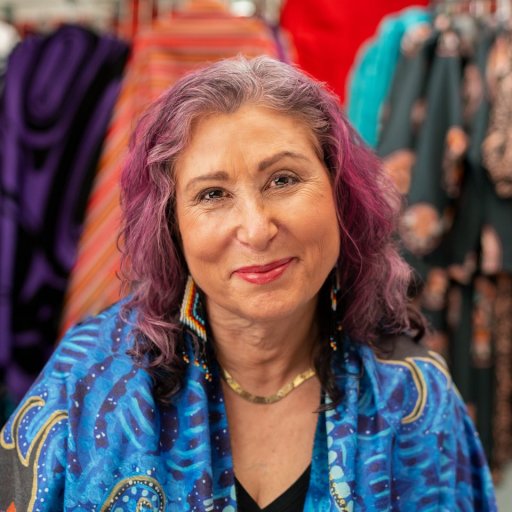
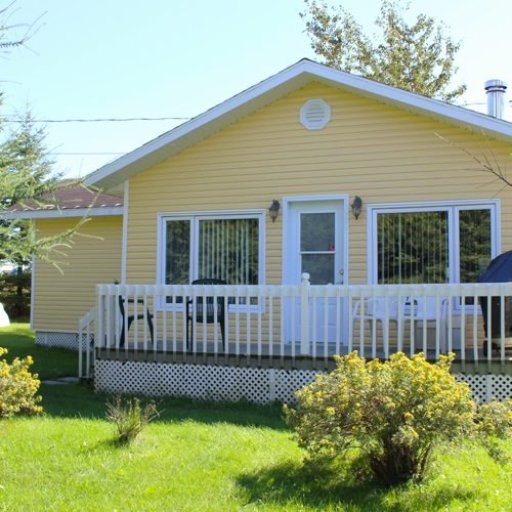
Domaine Philippe Secteur Central
Mashteuiatsh, Quebec Accommodation & Relaxation, Wildlife, Nature & Adventure
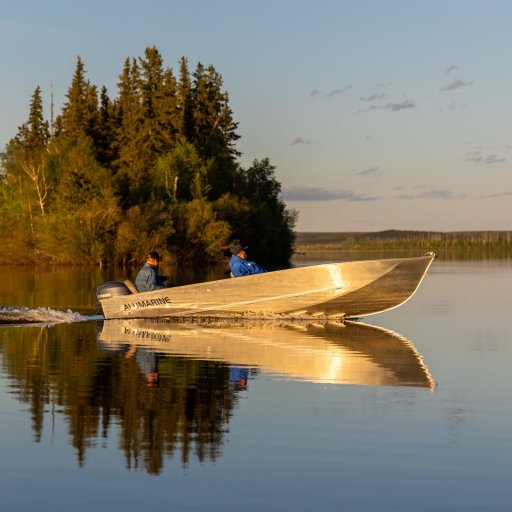

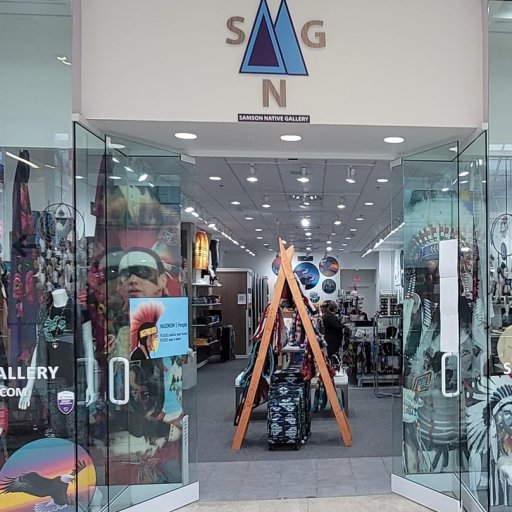
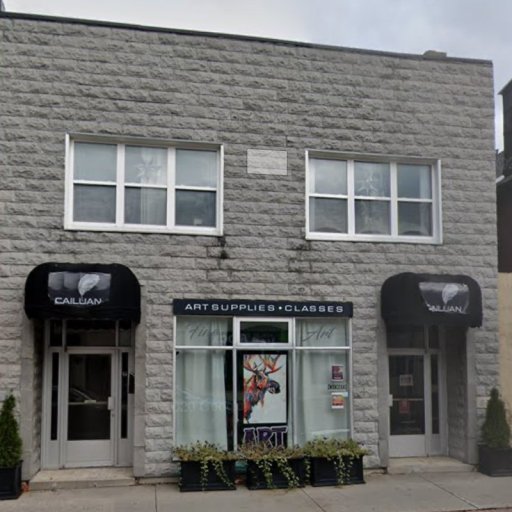



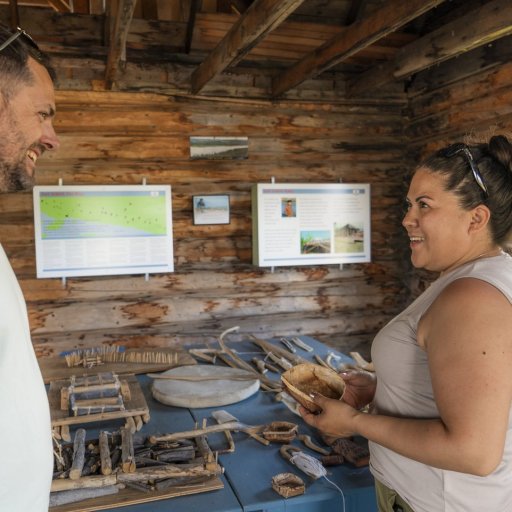

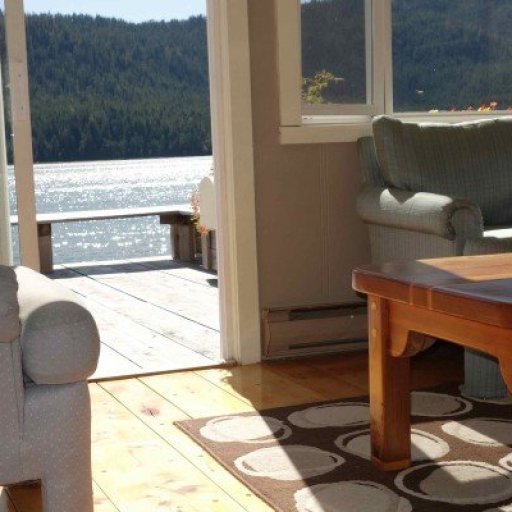



Fair Harbour Marina and Campground
Fair Harbour, British Columbia Accommodation & Relaxation, freshwater, hiking-tours, outfitters, Wildlife, Nature & Adventure








Kesagami Lake Lodge
Cochrane, Ontario


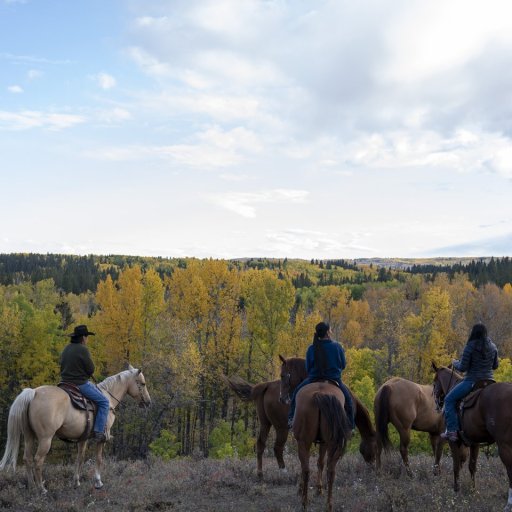
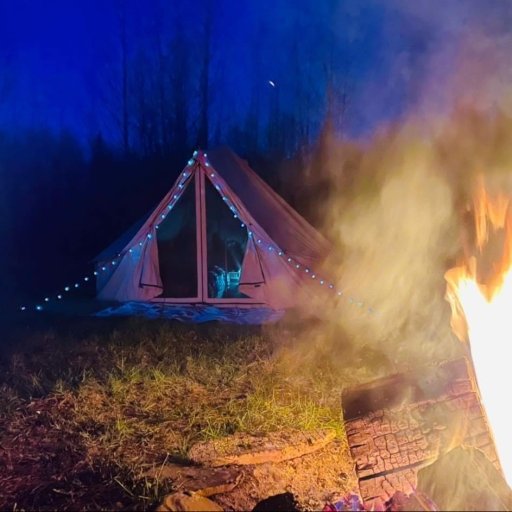



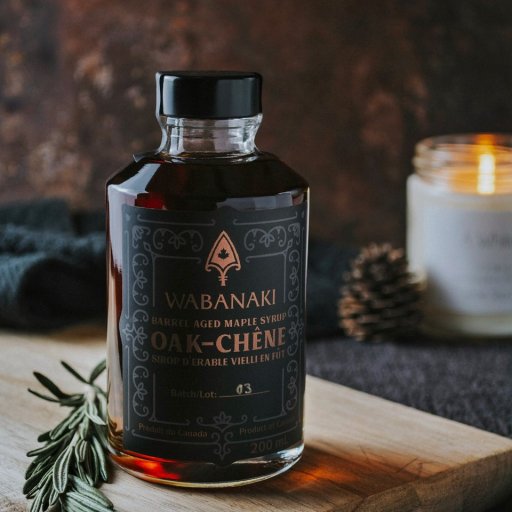

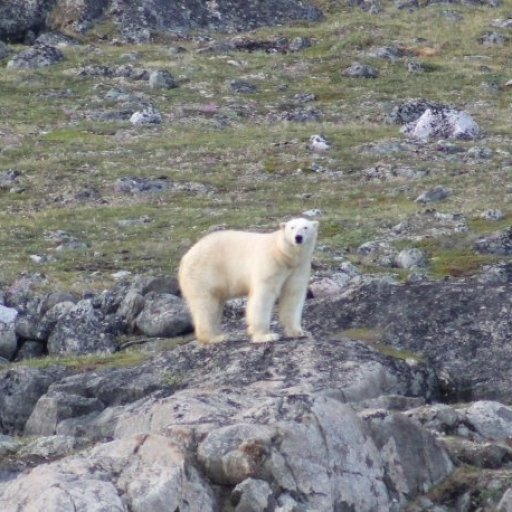
Johnny and Billy Cain Outfitters
Tasiujaq, Quebec freshwater, ice, lodges, outfitters, Wildlife, Nature & Adventure, Winter Experience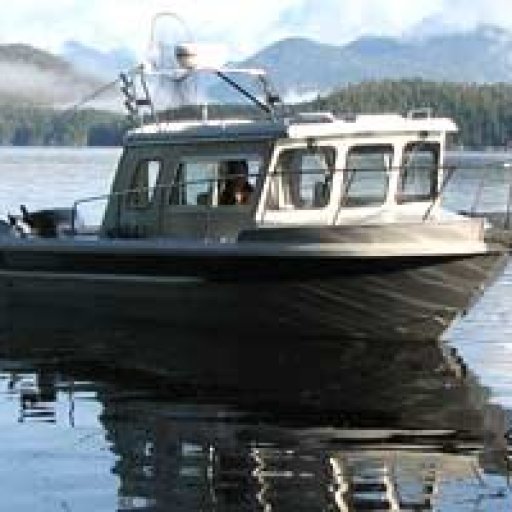

Girth Hitch Guiding
Red Deer, Alberta hiking-tours, walking-tours, Wildlife, Nature & Adventure, Winter Experience
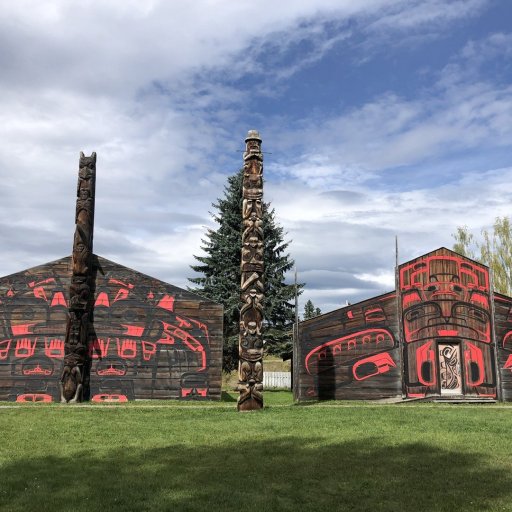
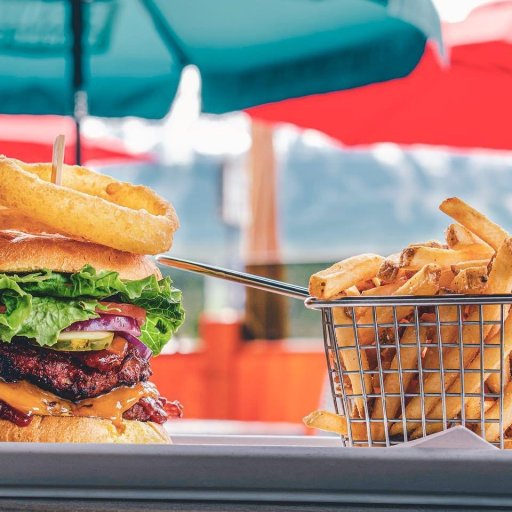



Aboriginal Journeys Wildlife Viewing & Adventure Tours
Campbell River, British Columbia Wildlife, Nature & Adventure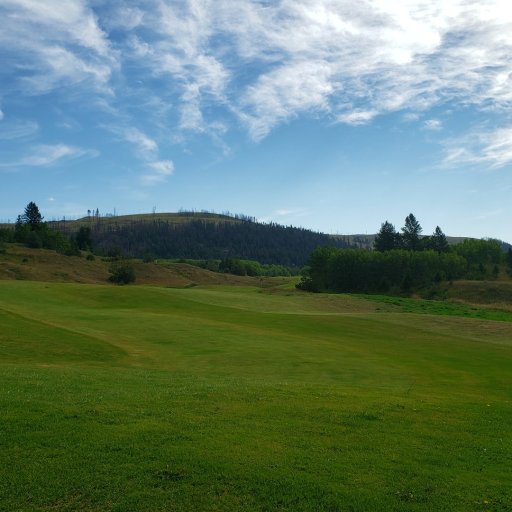
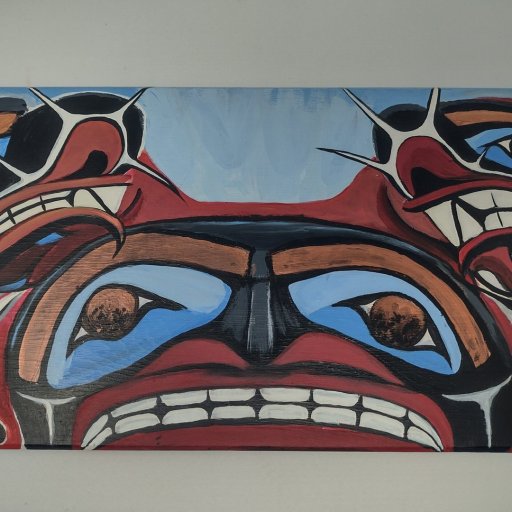

Cariboo Chilcotin Jetboat Adventures
Riske Creek, British Columbia hiking-tours, Wildlife, Nature & Adventure

Bill Reid Gallery of Northwest Coast Art
Vancouver, British Columbia Art, Craft & Gifts, Culture & Heritage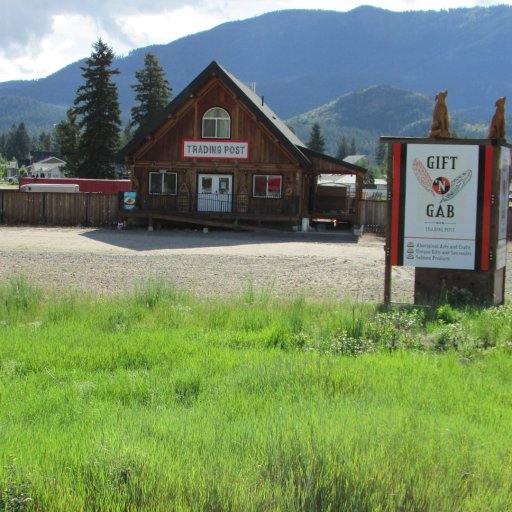

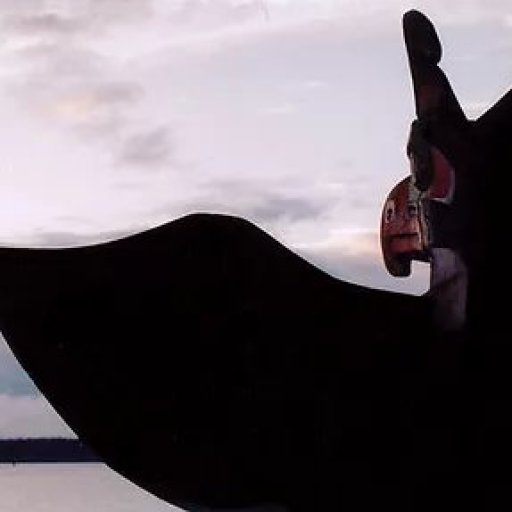
Culture Shock Interactive Gallery
Alert Bay, British Columbia Art, Craft & Gifts, Culture & Heritage
CrossRiver Wilderness Centre & Kootenay Wilderness Tours
N/A, British Columbia Accommodation & Relaxation, hiking-tours, Wildlife, Nature & Adventure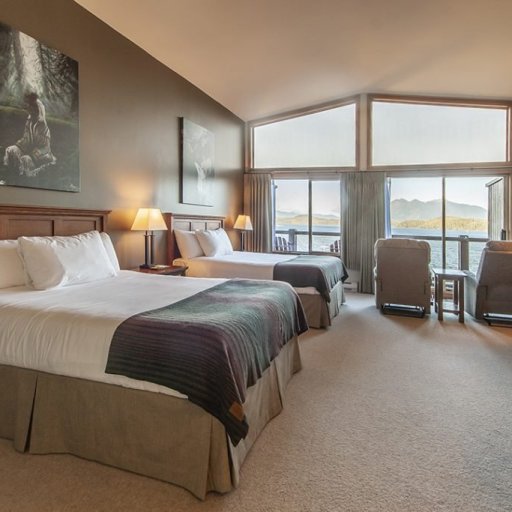
House of Himwitsa Lodge & Art Gallery
Tofino, British Columbia Accommodation & Relaxation, Art, Craft & Gifts, Culture & Heritage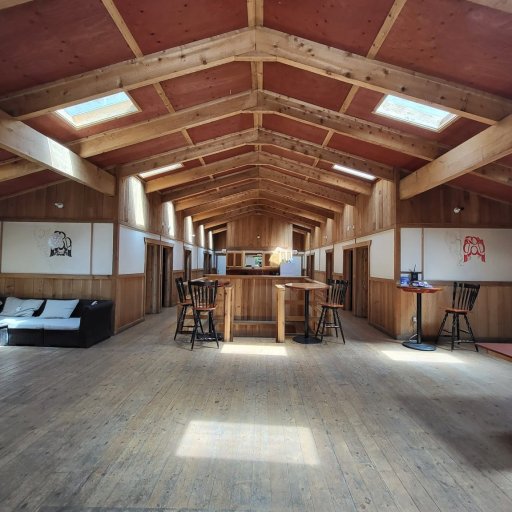


Great River Fishing Adventures
Chilliwack, British Columbia fly, freshwater, outfitters, Wildlife, Nature & Adventure
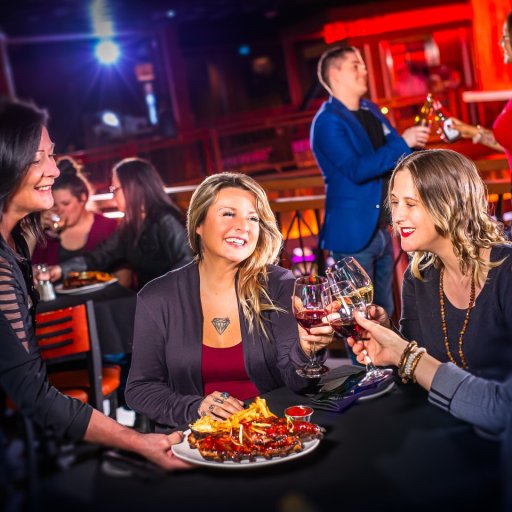
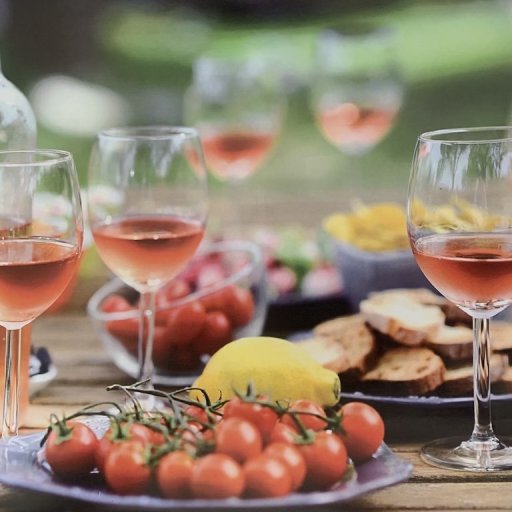
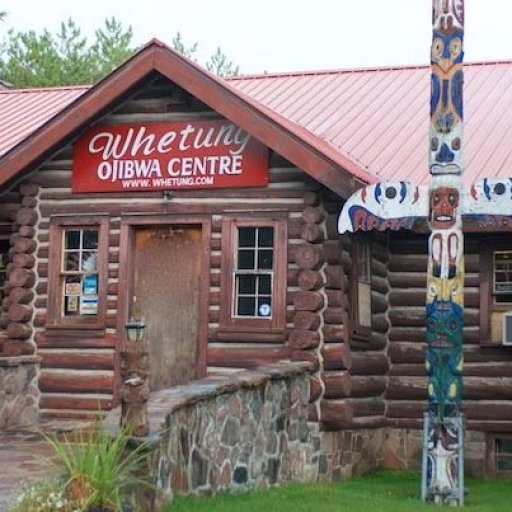
Whetung Ojibwa Crafts and Art Gallery
Curve Lake First Nation, Ontario Art, Craft & Gifts, Culture & Heritage


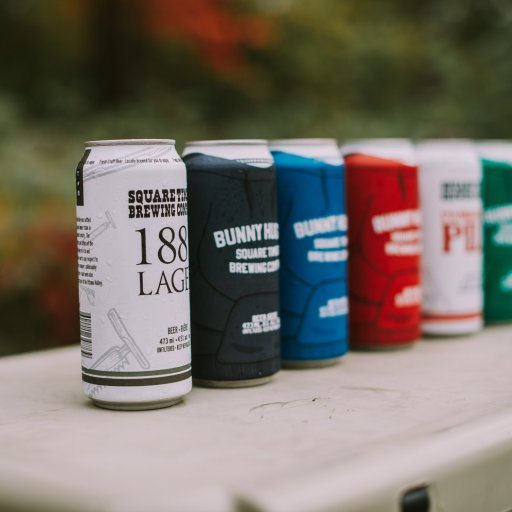




Wajashk Cottages
Dokis First Nation, Ontario Accommodation & Relaxation, Wildlife, Nature & Adventure
Wikwemikong Tourism
Wikwemikong, Ontario awareness-experiences, Culture & Heritage, reconciliation, residential-school-sites, walking-tours, Wildlife, Nature & Adventure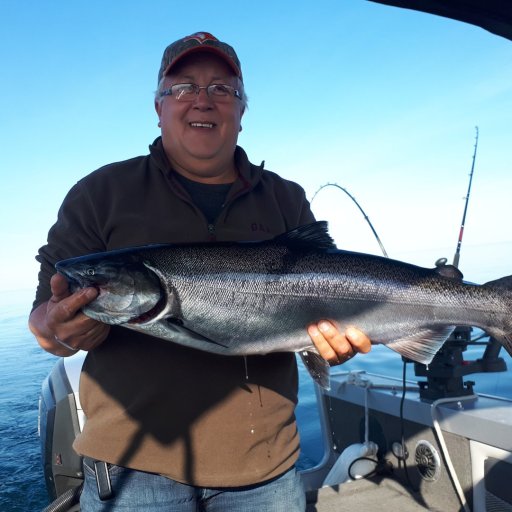
Wasse-Giizhik Tours
Wikwemikong, Ontario Accommodation & Relaxation, freshwater, outfitters, Wildlife, Nature & Adventure, Winter Experience

Woodland Cultural Centre
Brantford, Ontario Culture & Heritage, reconciliation, residential-school-sites, virtual-experience-ch

Middle Brook Cottages & Chalets
Gros Morne, Newfoundland Labrador Accommodation & Relaxation, hiking-tours, walking-tours, Wildlife, Nature & Adventure

CL Outdoors
Cole Bay, Saskatchewan Accommodation & Relaxation, ice, outfitters, Wildlife, Nature & Adventure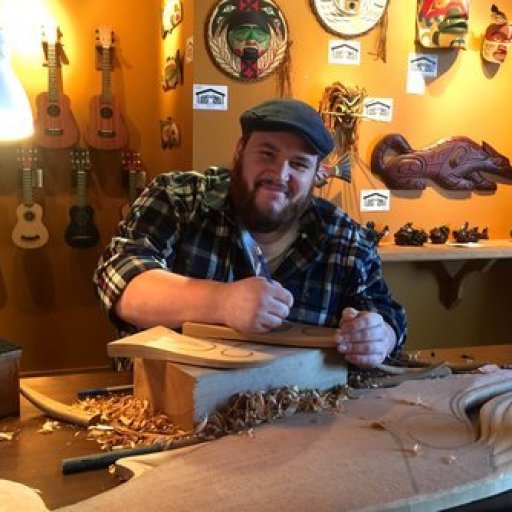

Frontier Lodge - Gateway to the Thaidene Nëné
Lutselk'e, Northwest Territories Accommodation & Relaxation, Cuisine, fly-in, lodges, outfitters, Wildlife, Nature & Adventure
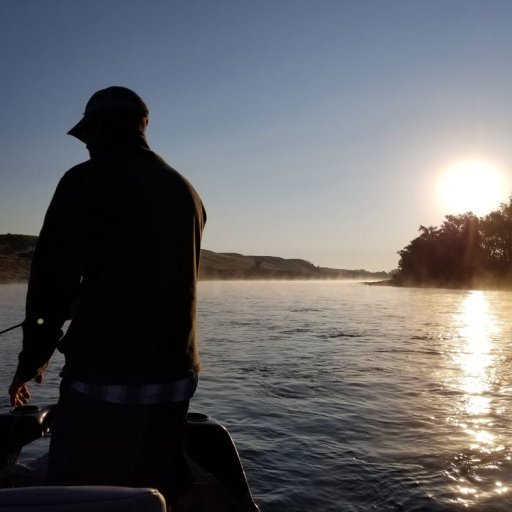


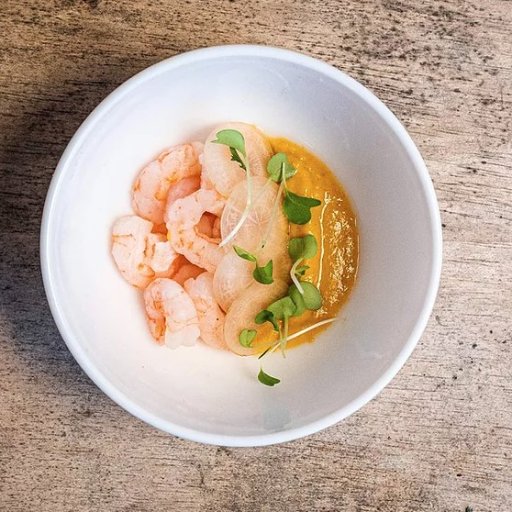

West Coast Expeditions
Courtenay, British Columbia Accommodation & Relaxation, Culture & Heritage, Wildlife, Nature & Adventure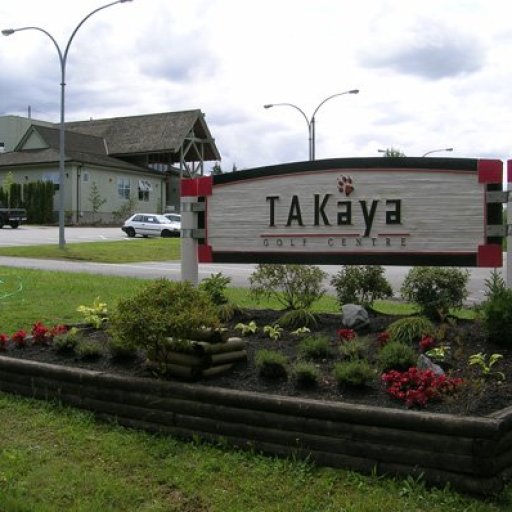

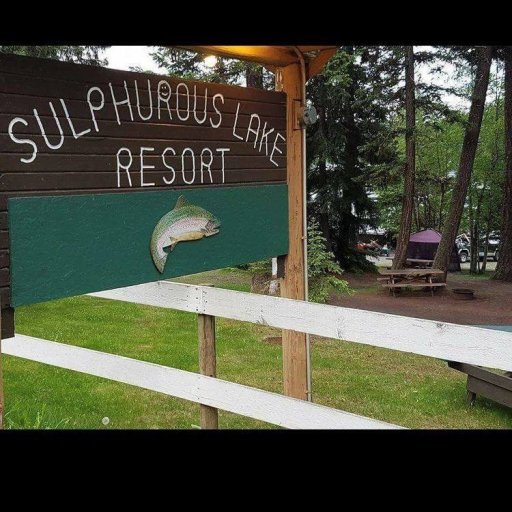
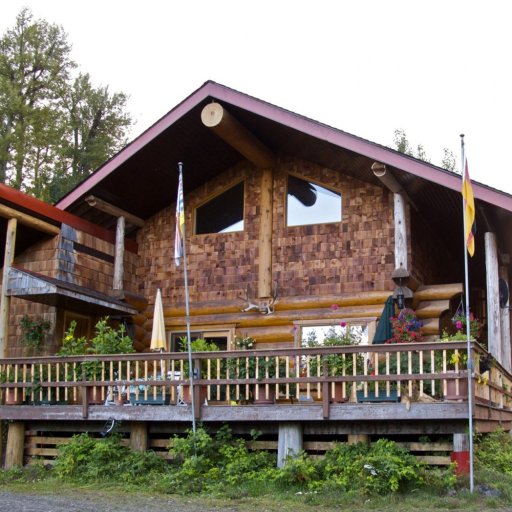
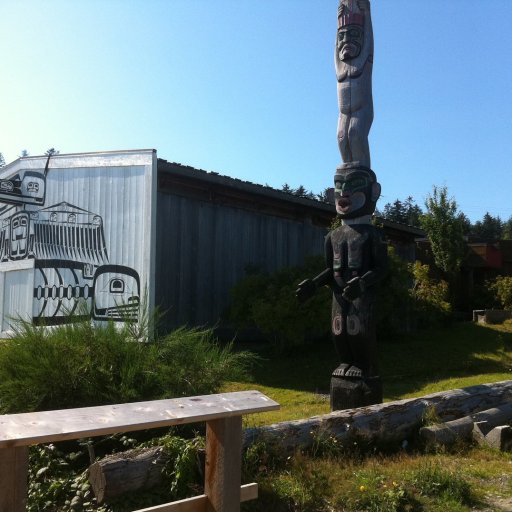
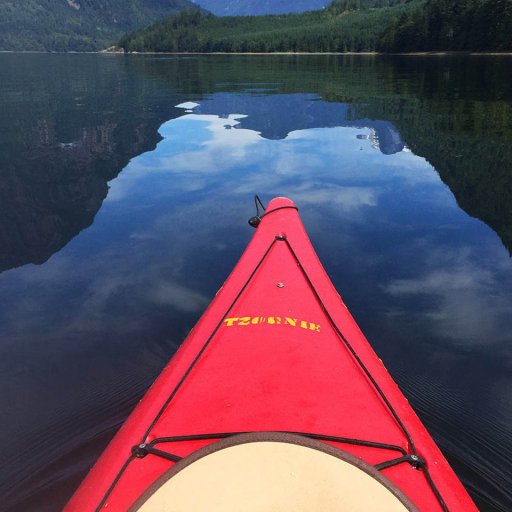


Tsa-Kwa-Luten, The Ocean Resort at Cape Mudge
Quathiaski Cove, British Columbia Accommodation & Relaxation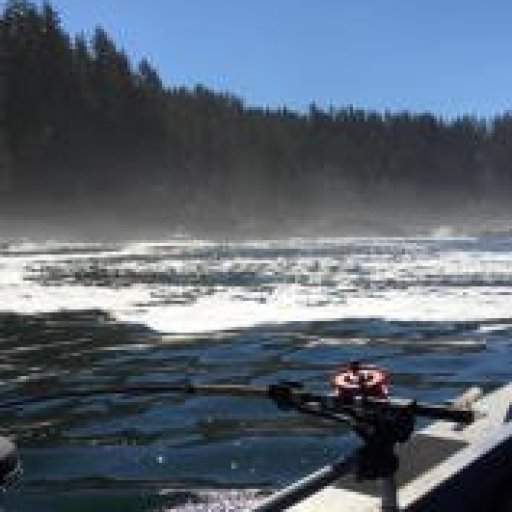
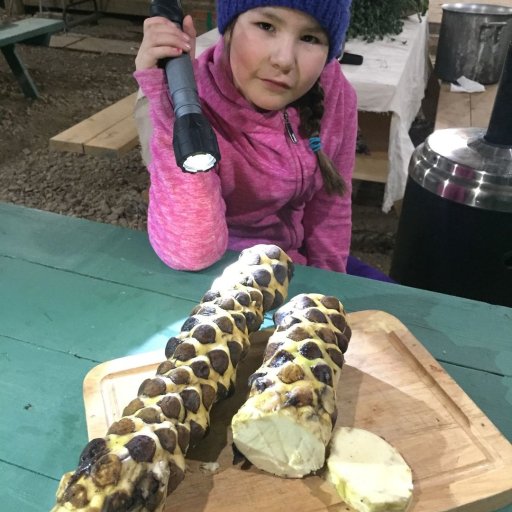







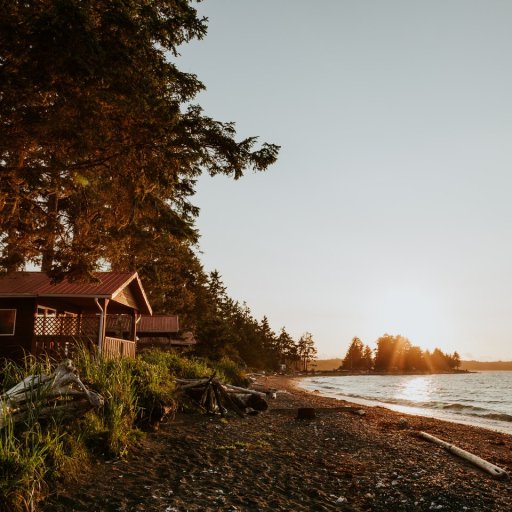
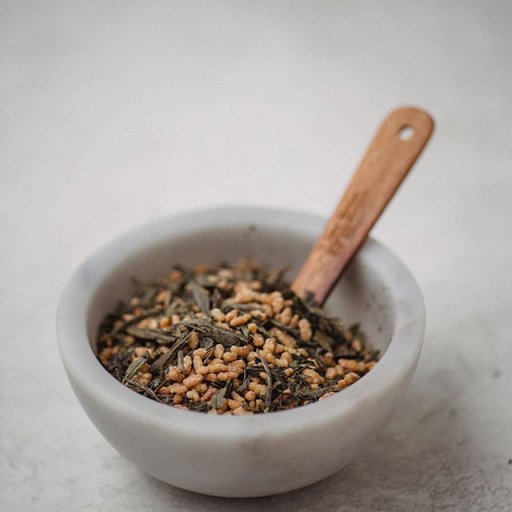




K'awatsi Tours
Port Hardy, British Columbia Culture & Heritage, hiking-tours, Wildlife, Nature & Adventure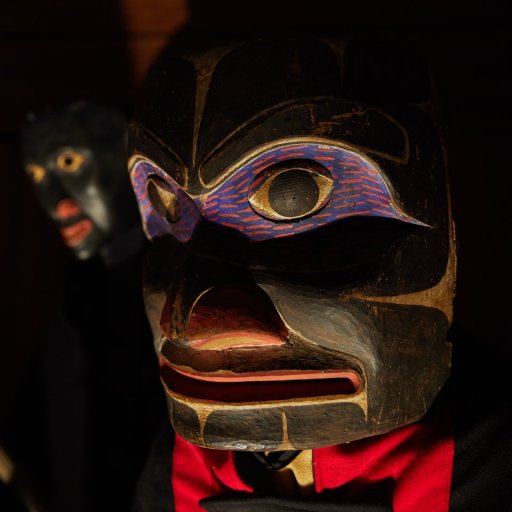




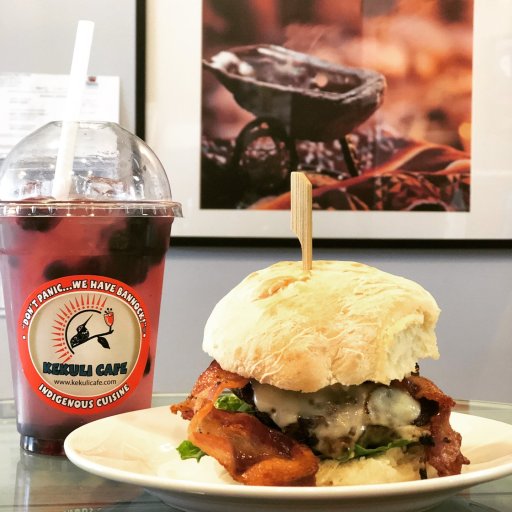

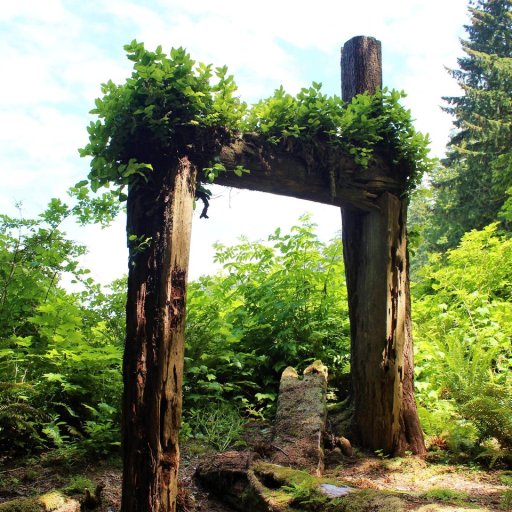
Kiixin Tours
Bamfield, British Columbia Culture & Heritage, walking-tours, Wildlife, Nature & Adventure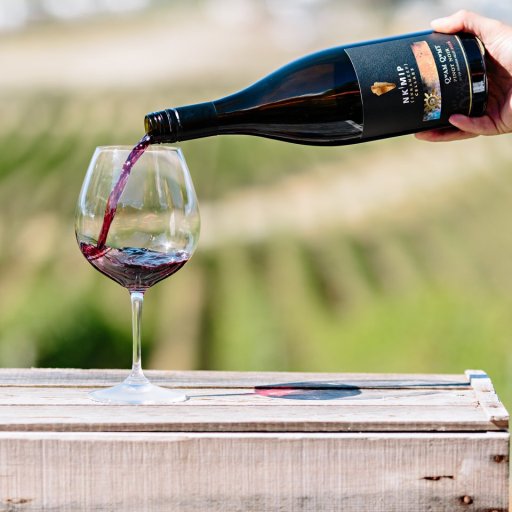
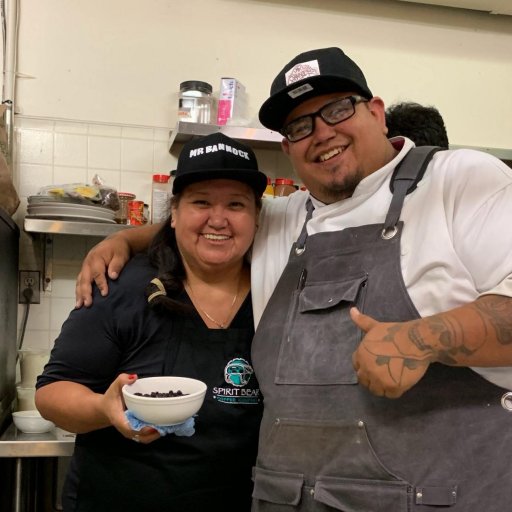
Mr. Bannock
North Vancouver, British Columbia Art, Craft & Gifts, Cuisine, culinary-gifts, food-truck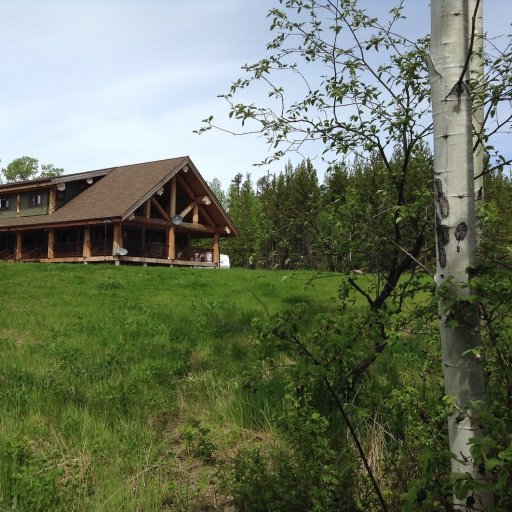

Stó:lō Nation
Chilliwack, British Columbia Art, Craft & Gifts, Culture & Heritage, reconciliation, residential-school-sites, Wildlife, Nature & Adventure

River Wrangler Sportfishing
Chilliwack, British Columbia freshwater, outfitters, Wildlife, Nature & Adventure

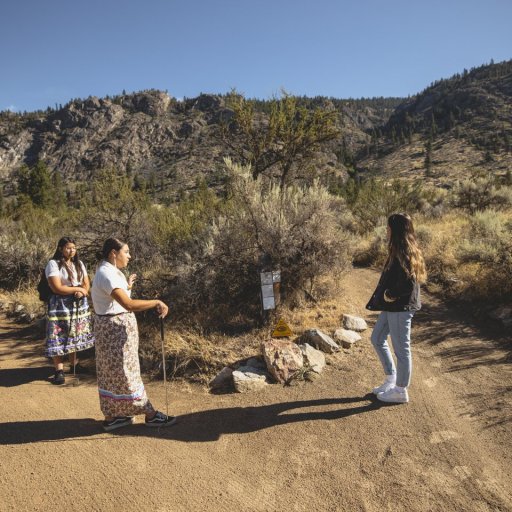

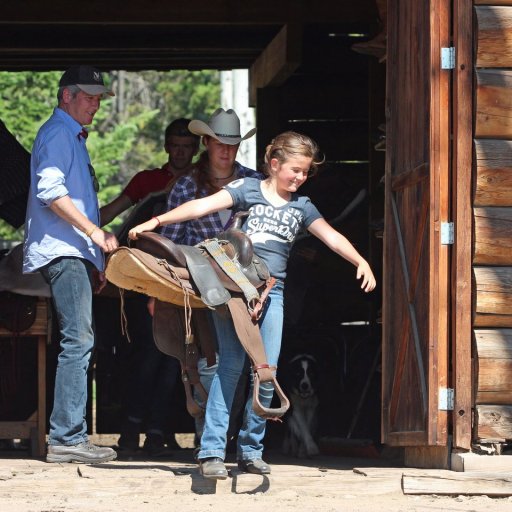
Siwash Lake Resort
, British Columbia Accommodation & Relaxation, Culture & Heritage, fly-in, outfitters, walking-tours, Wildlife, Nature & Adventure
Secwepemc Museum and Heritage Park
Kamloops, British Columbia awareness-experiences, Culture & Heritage, reconciliation

